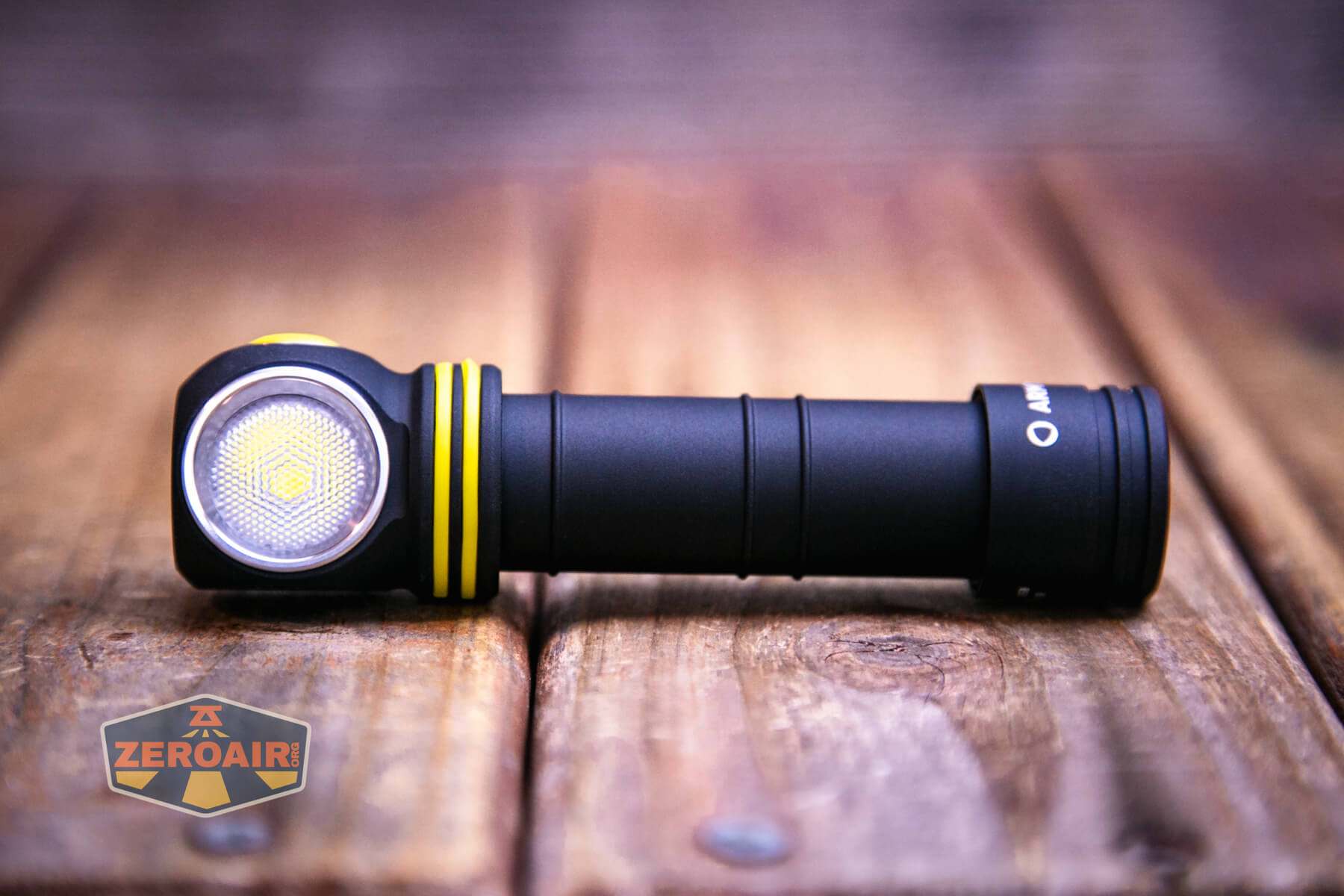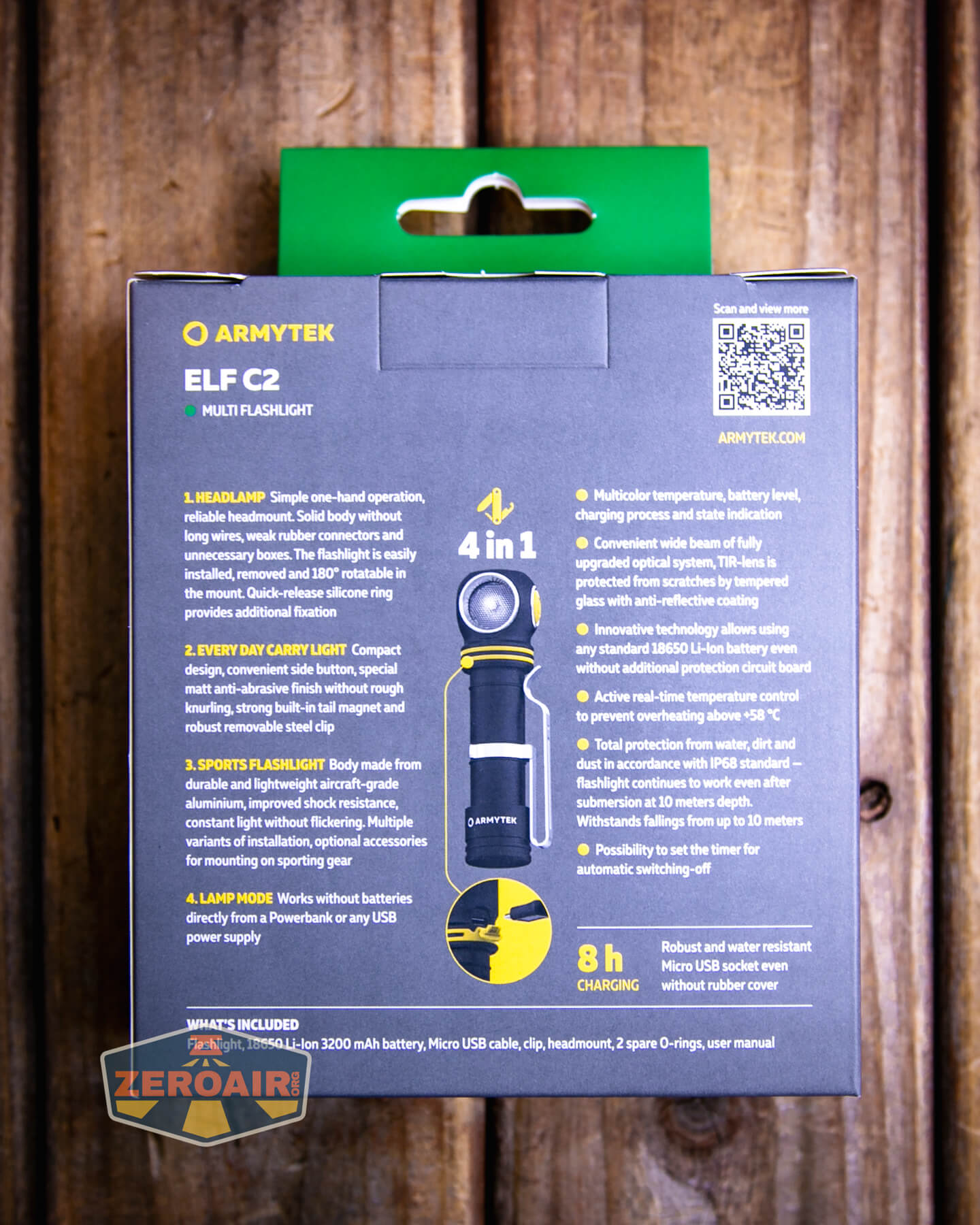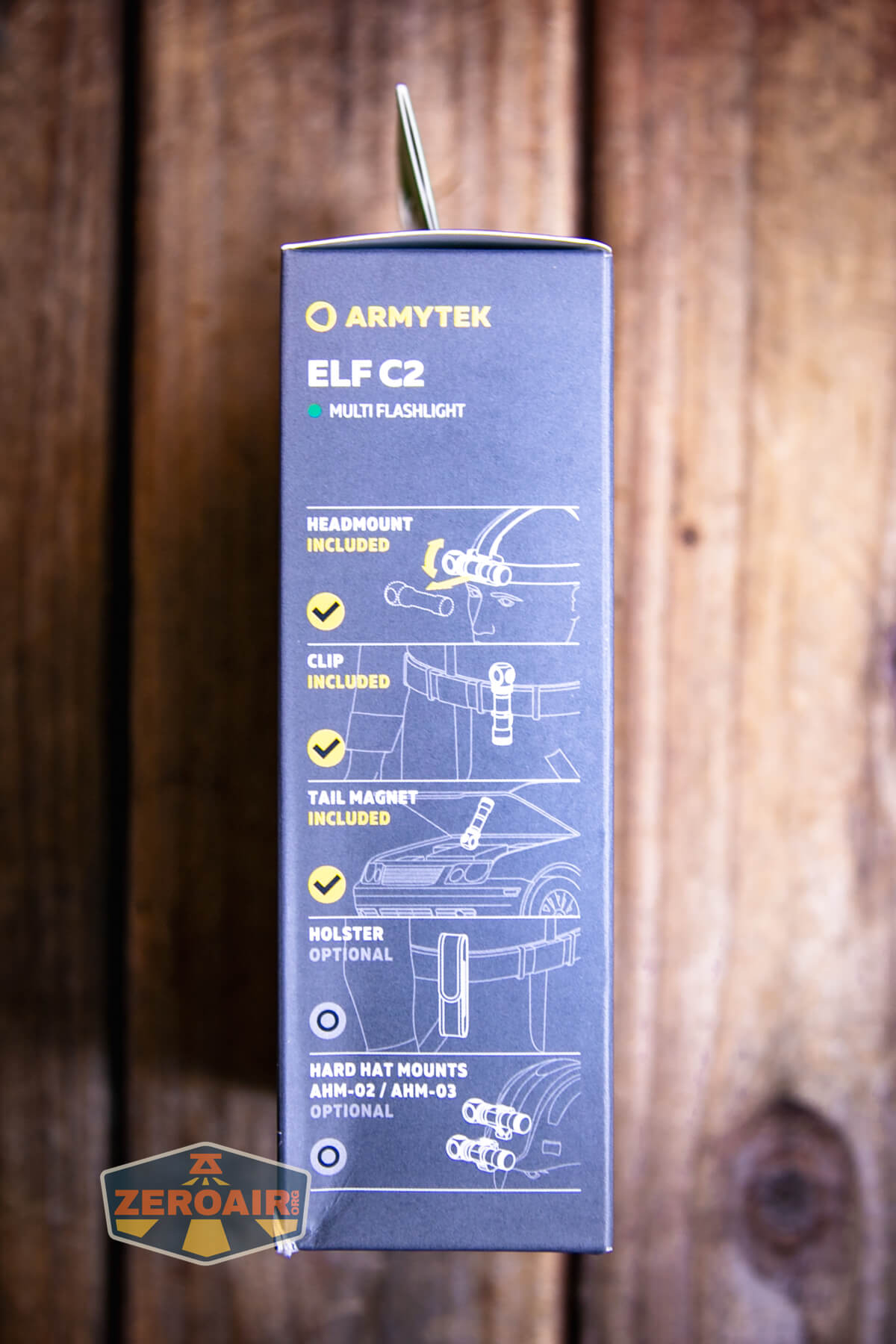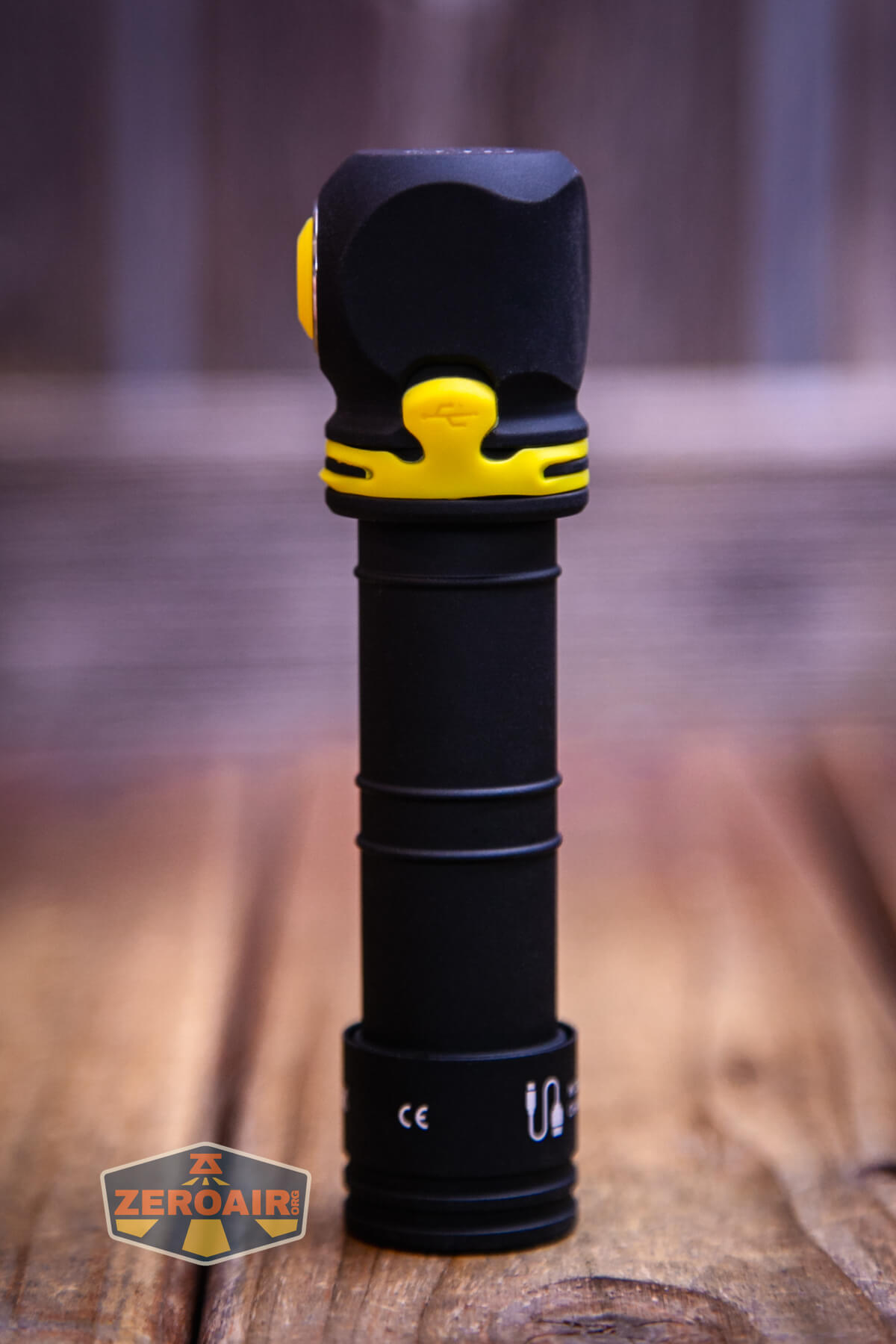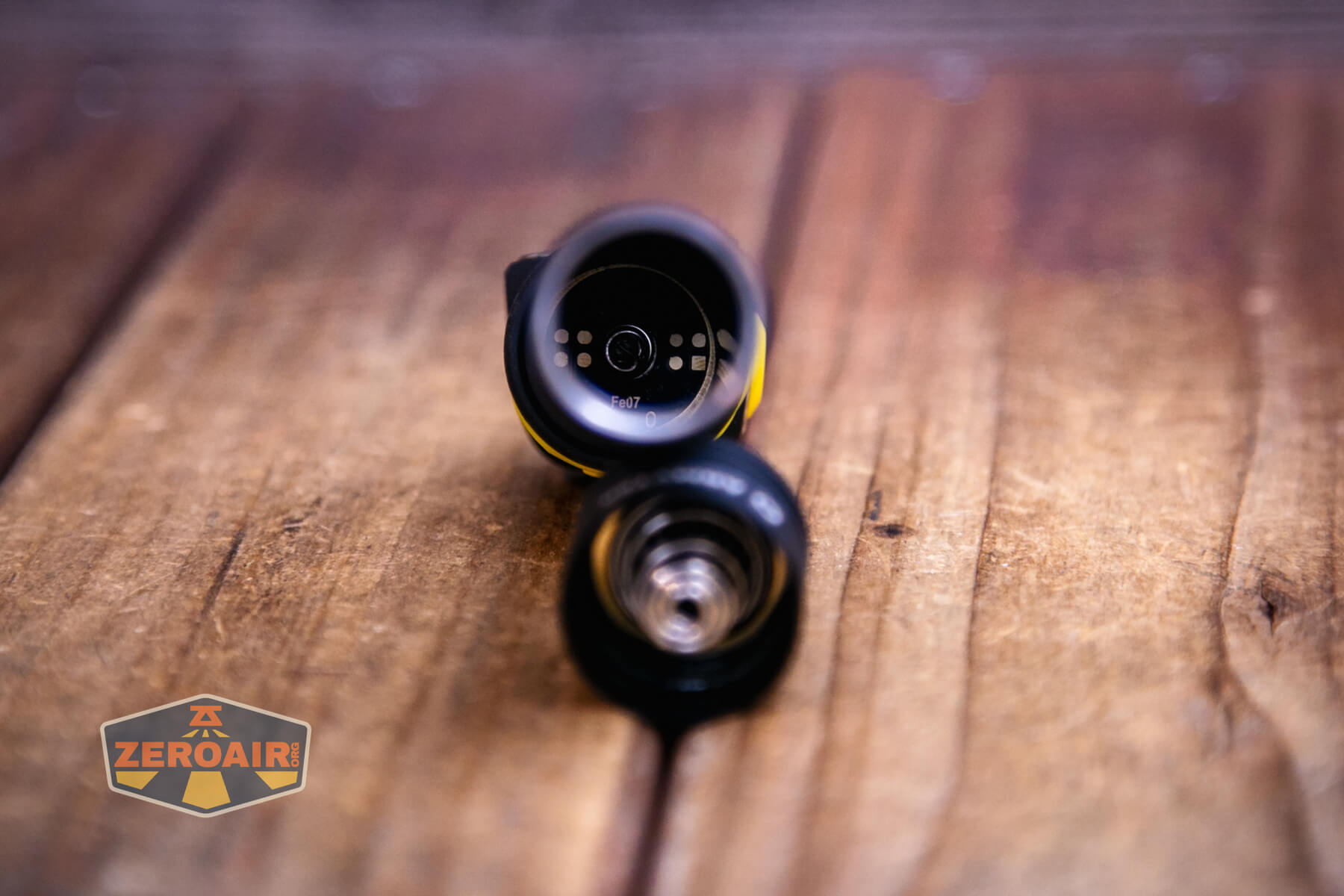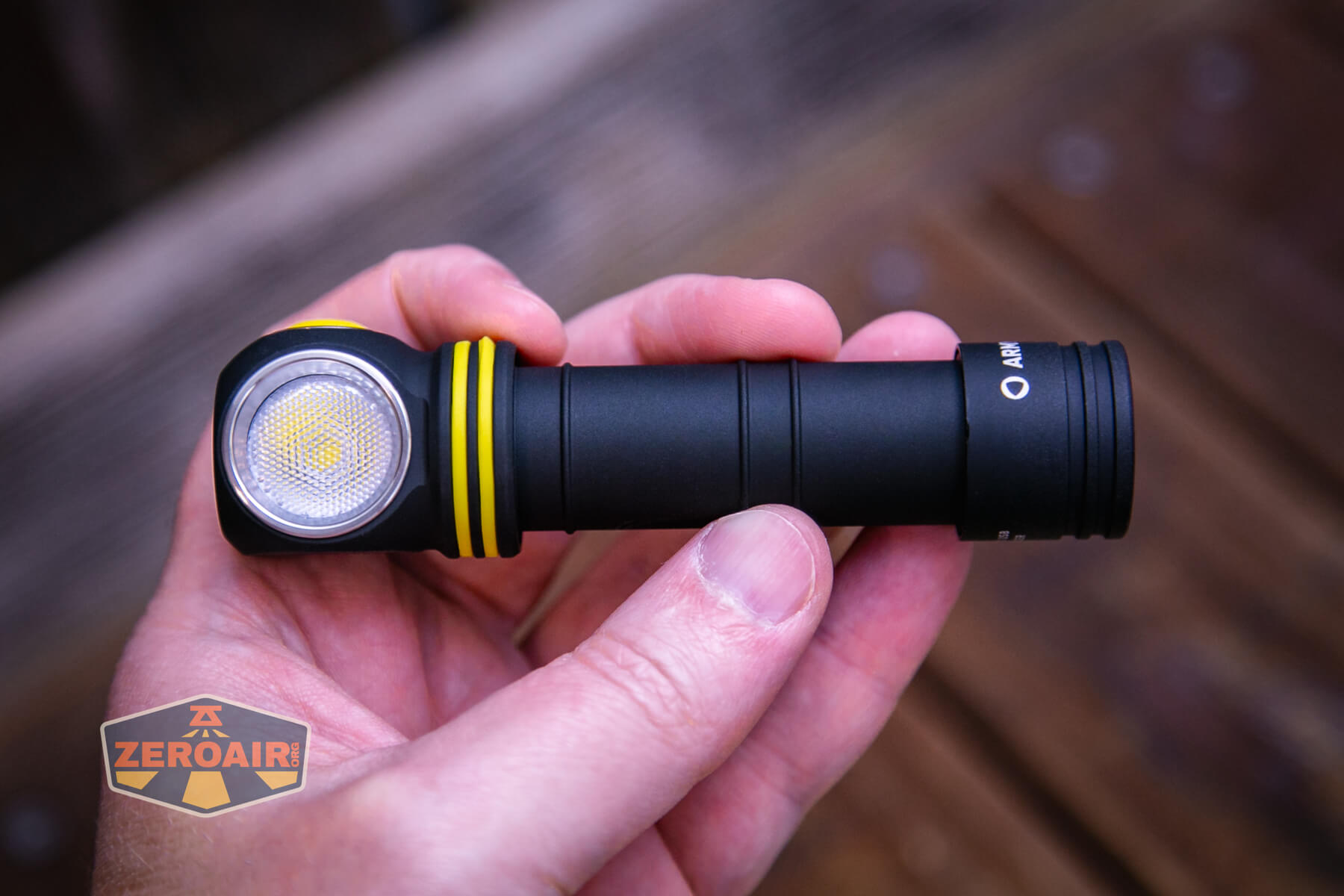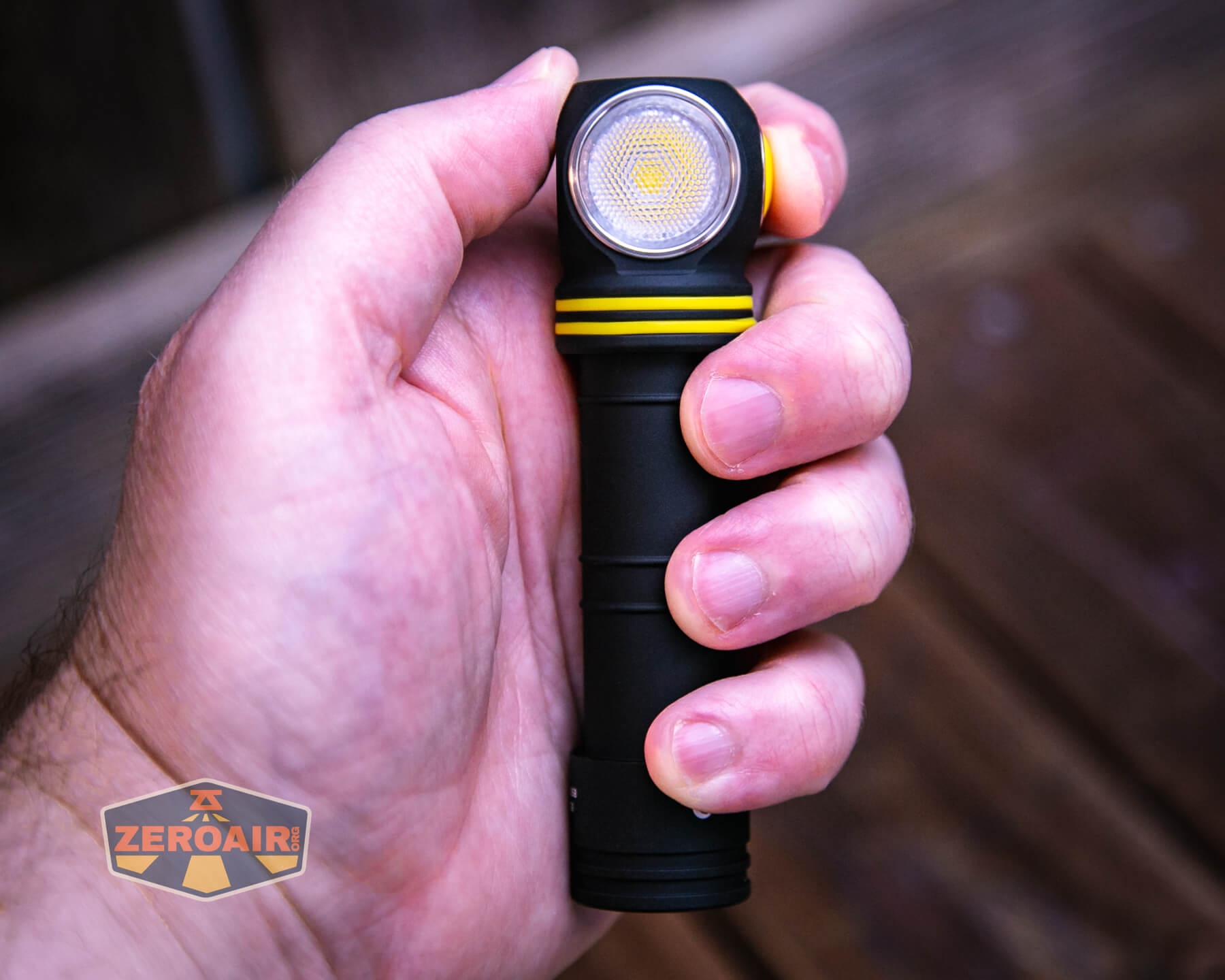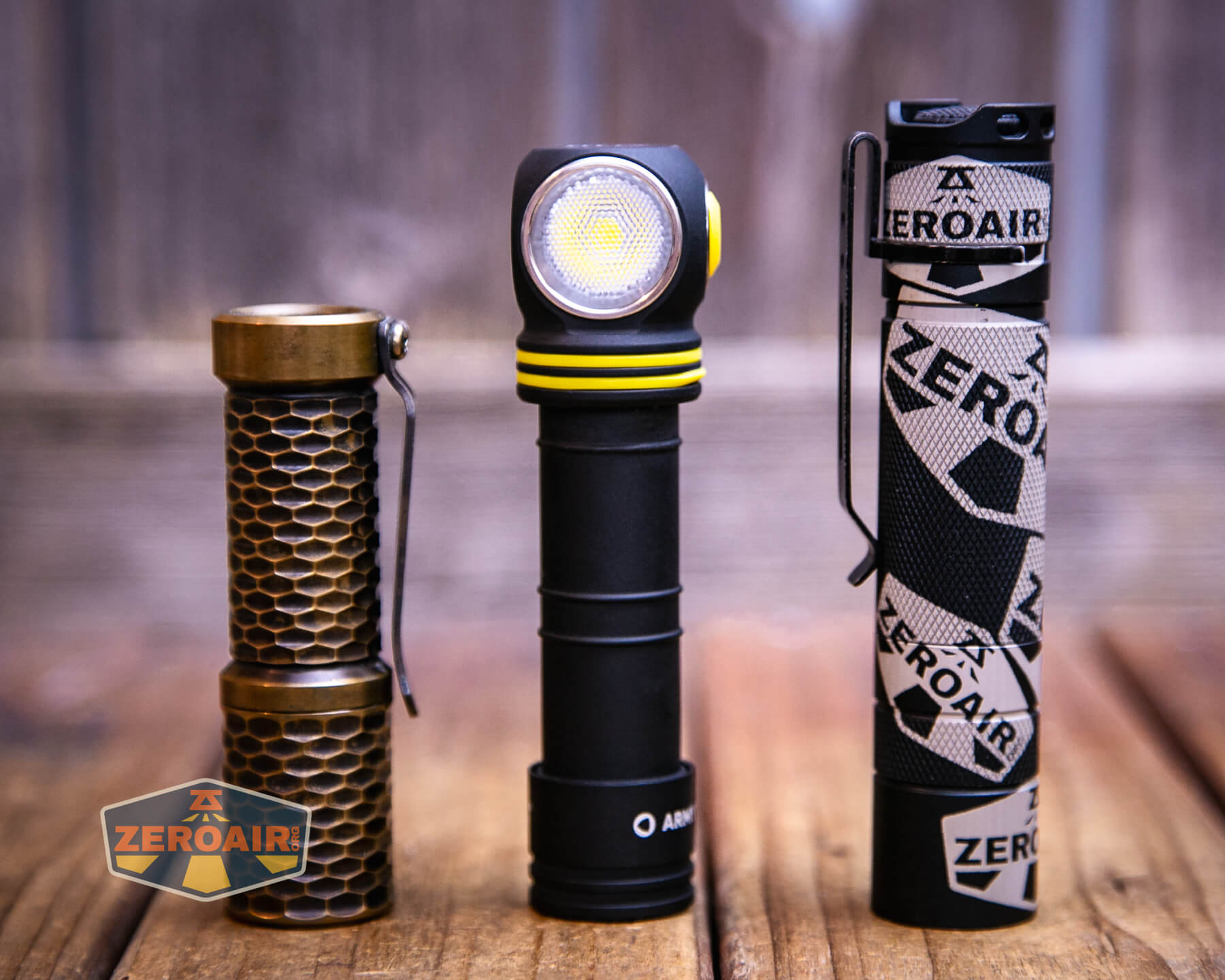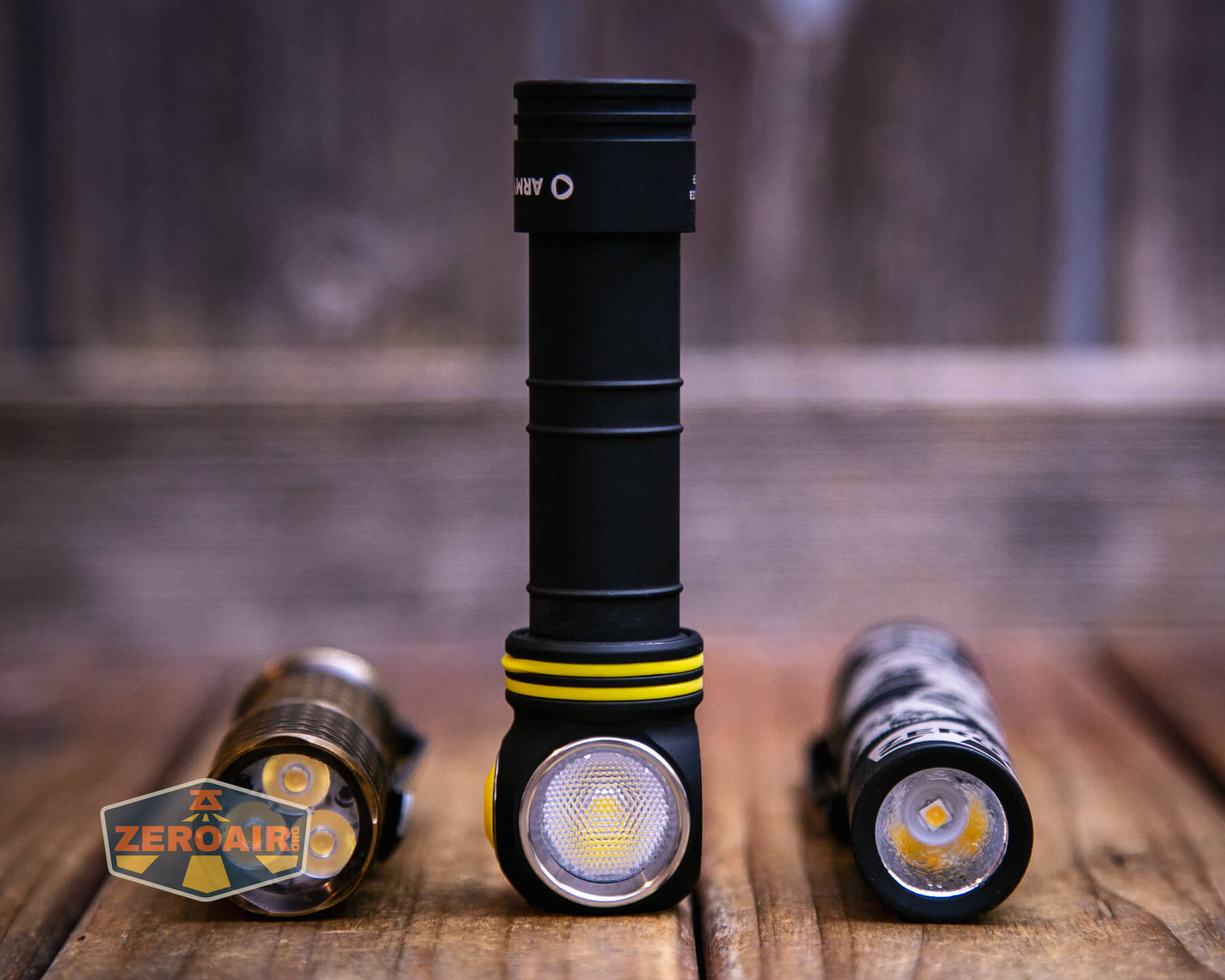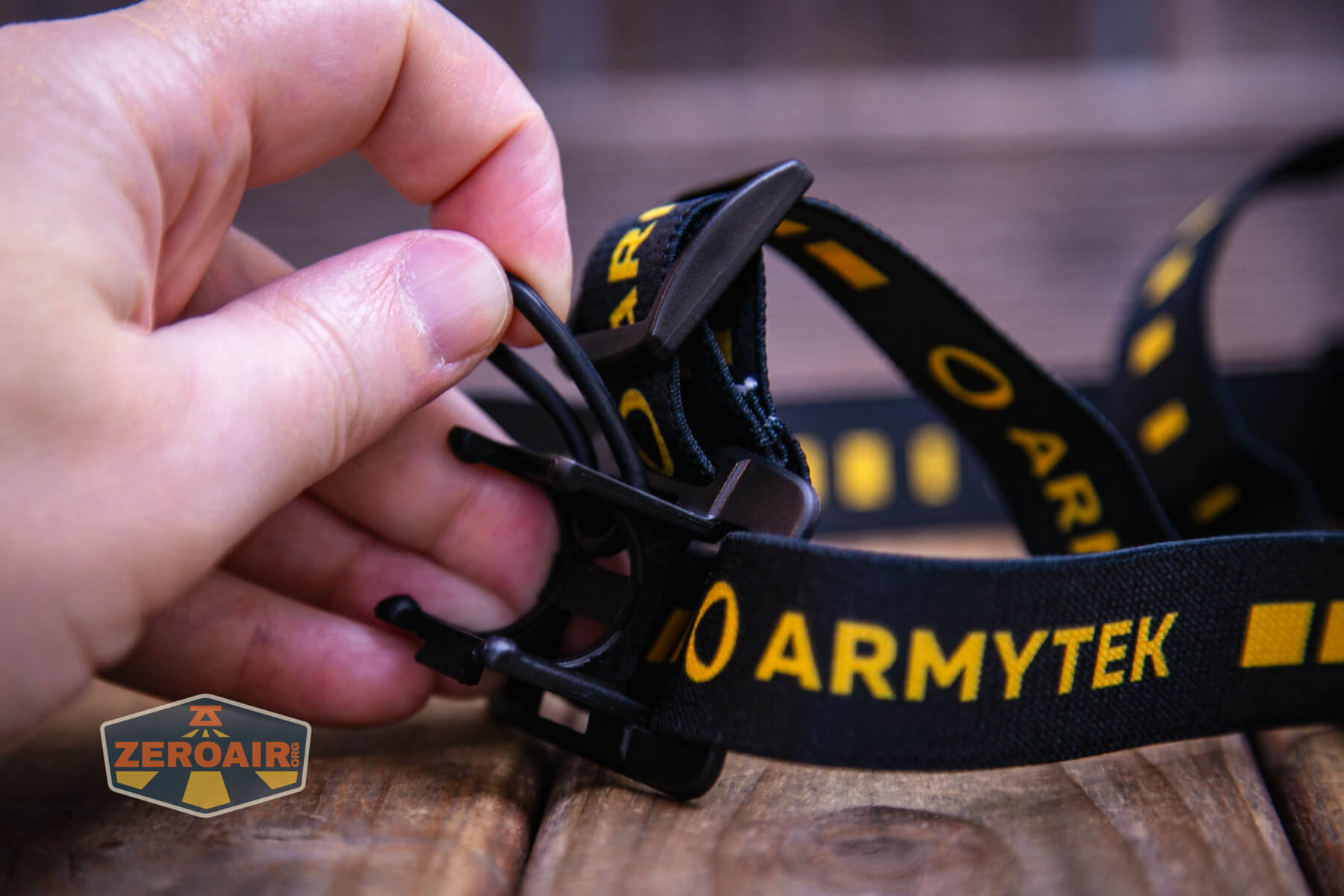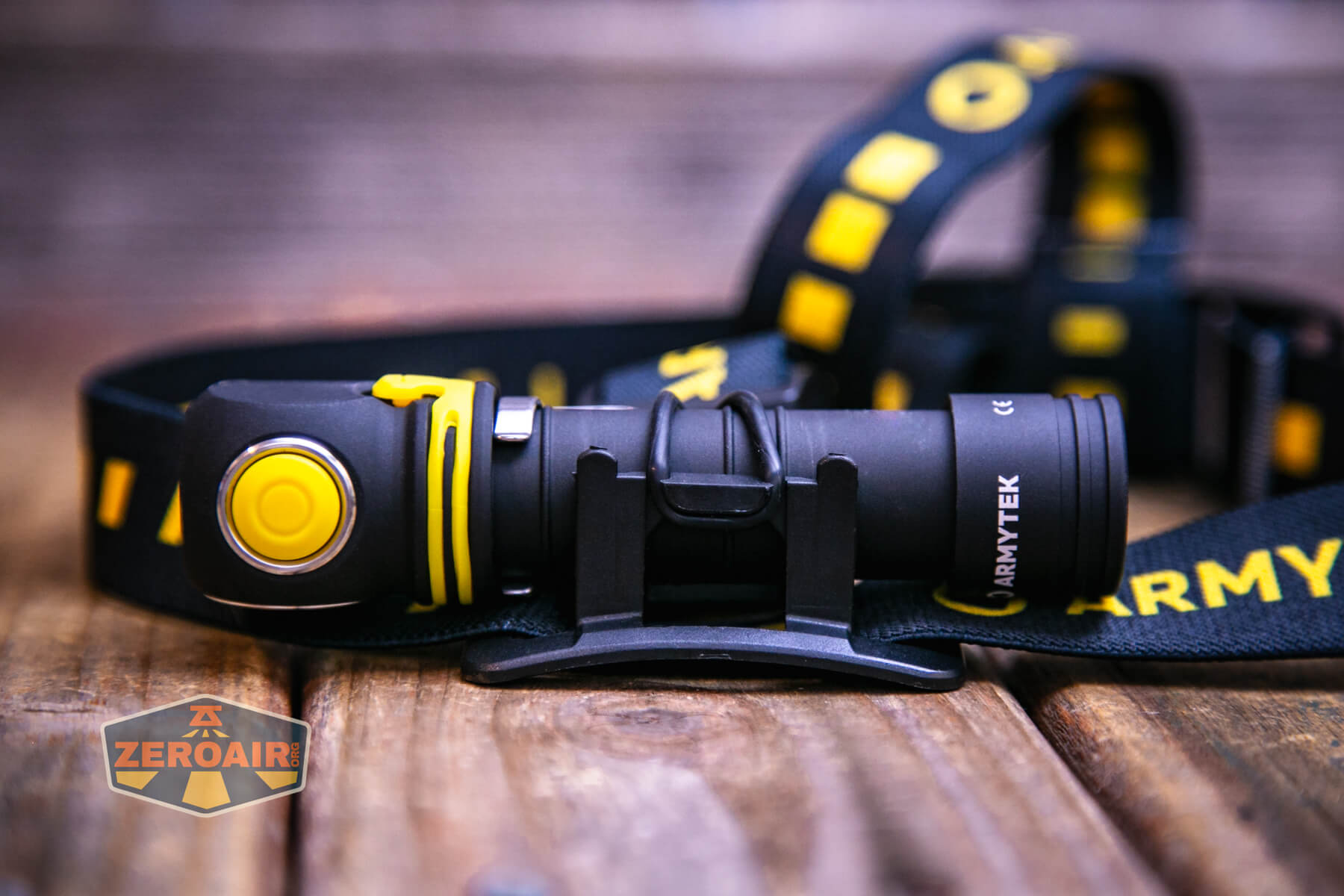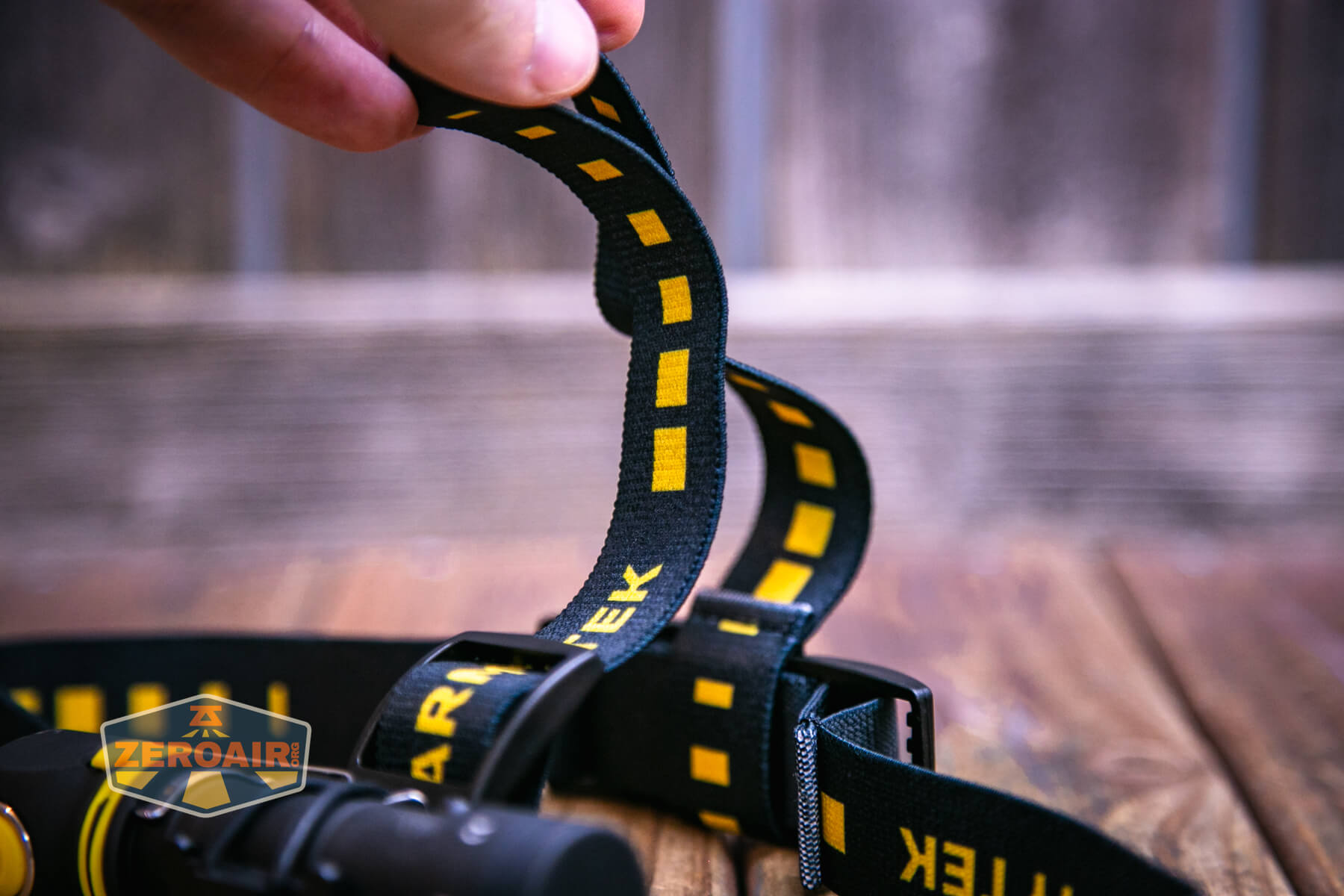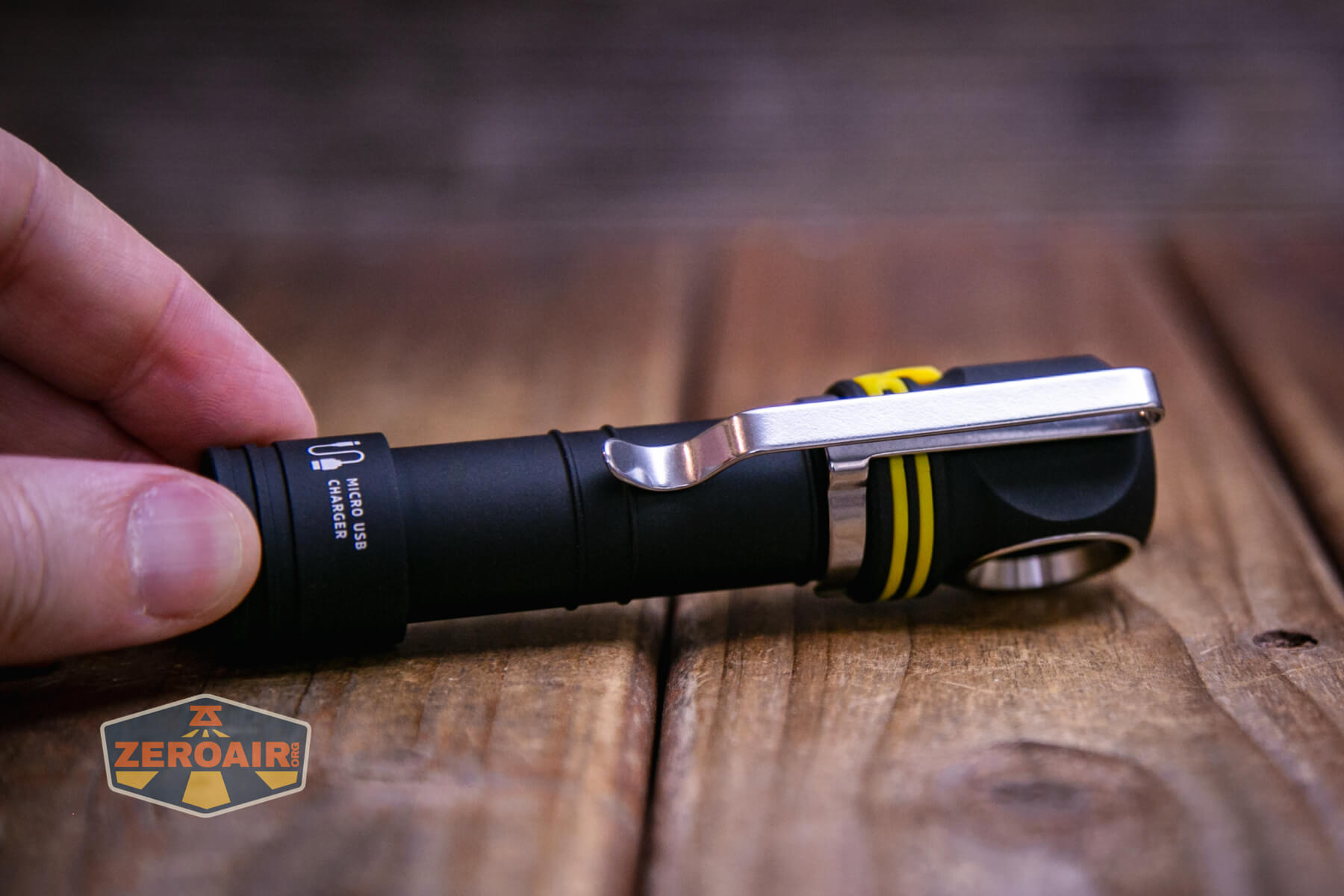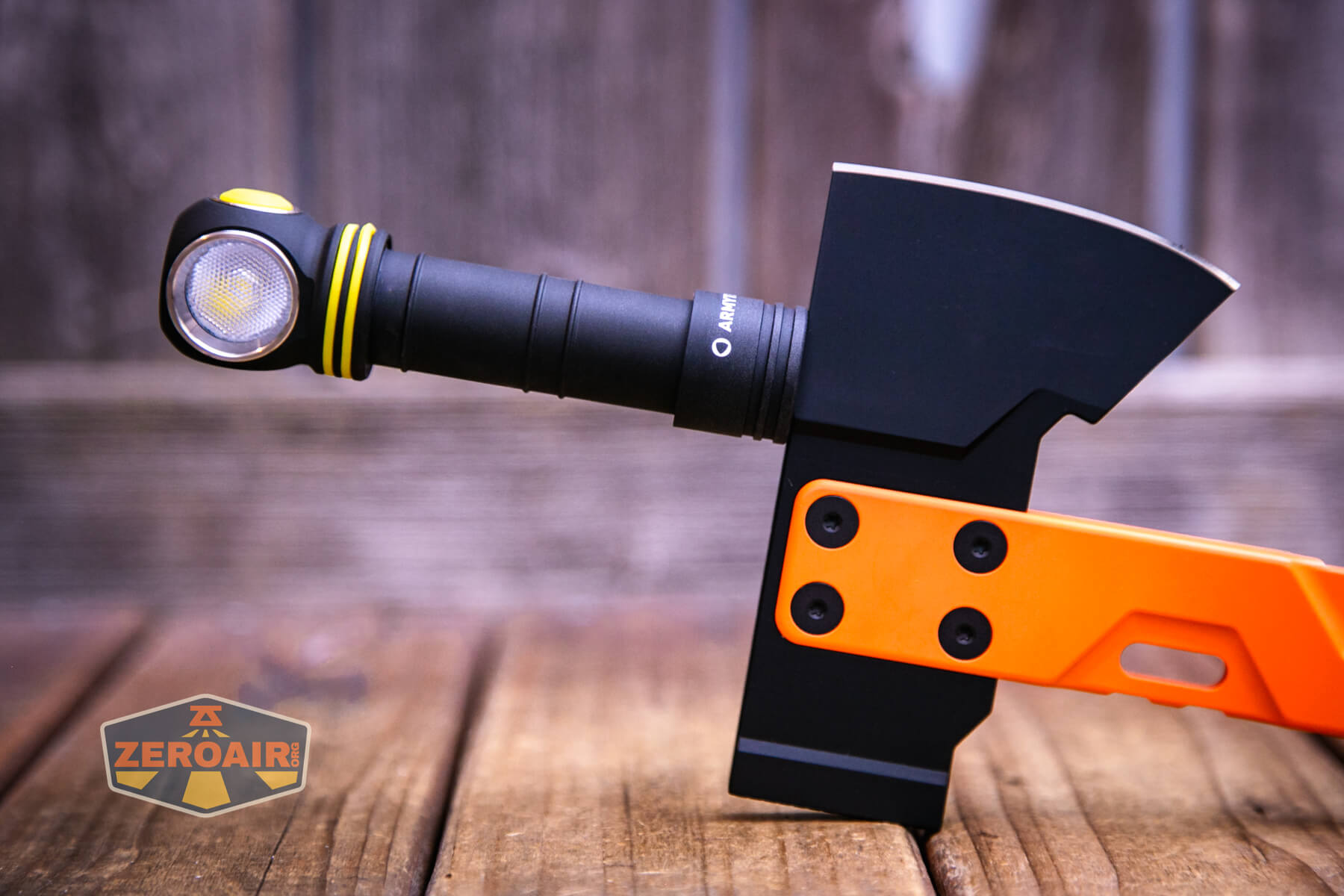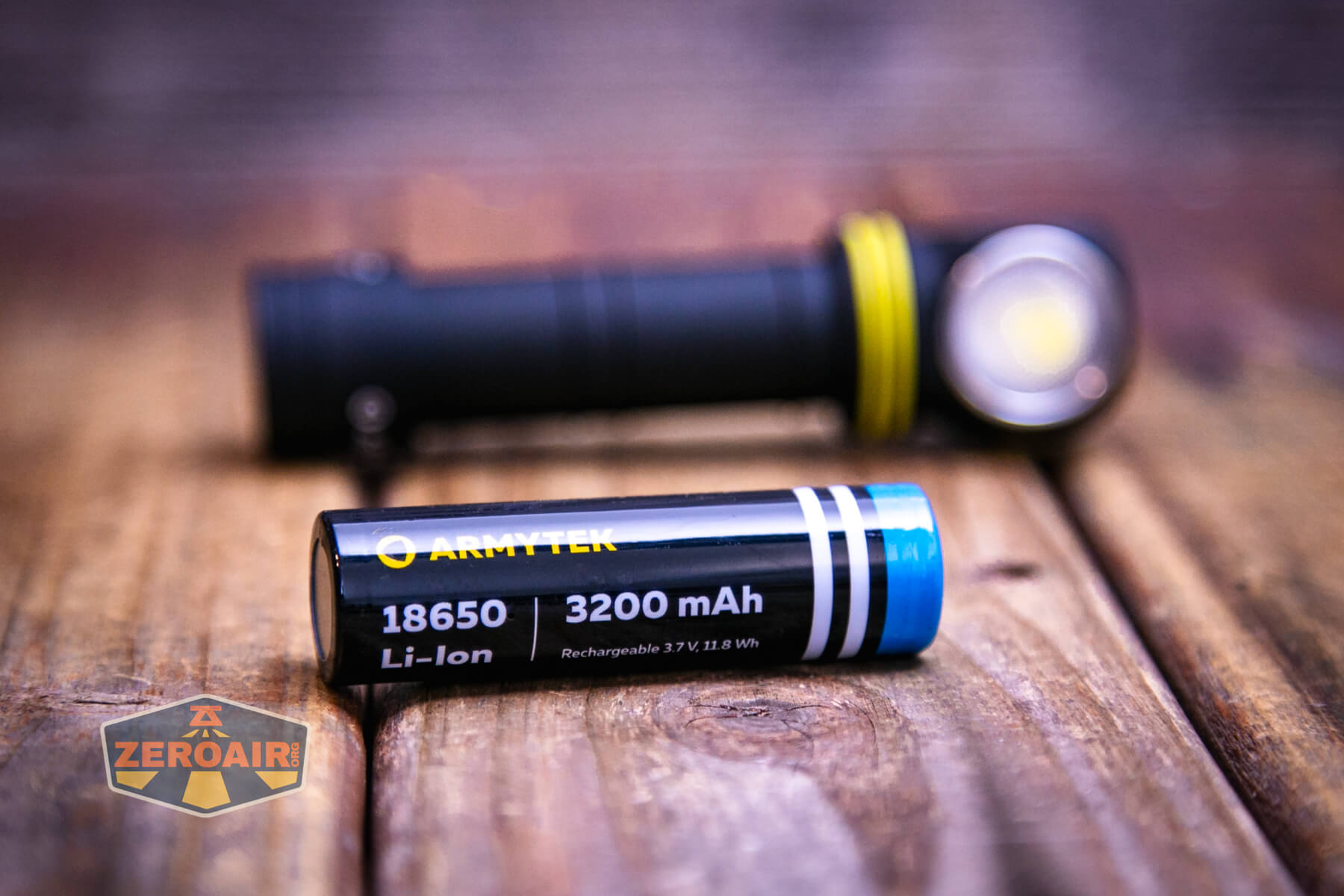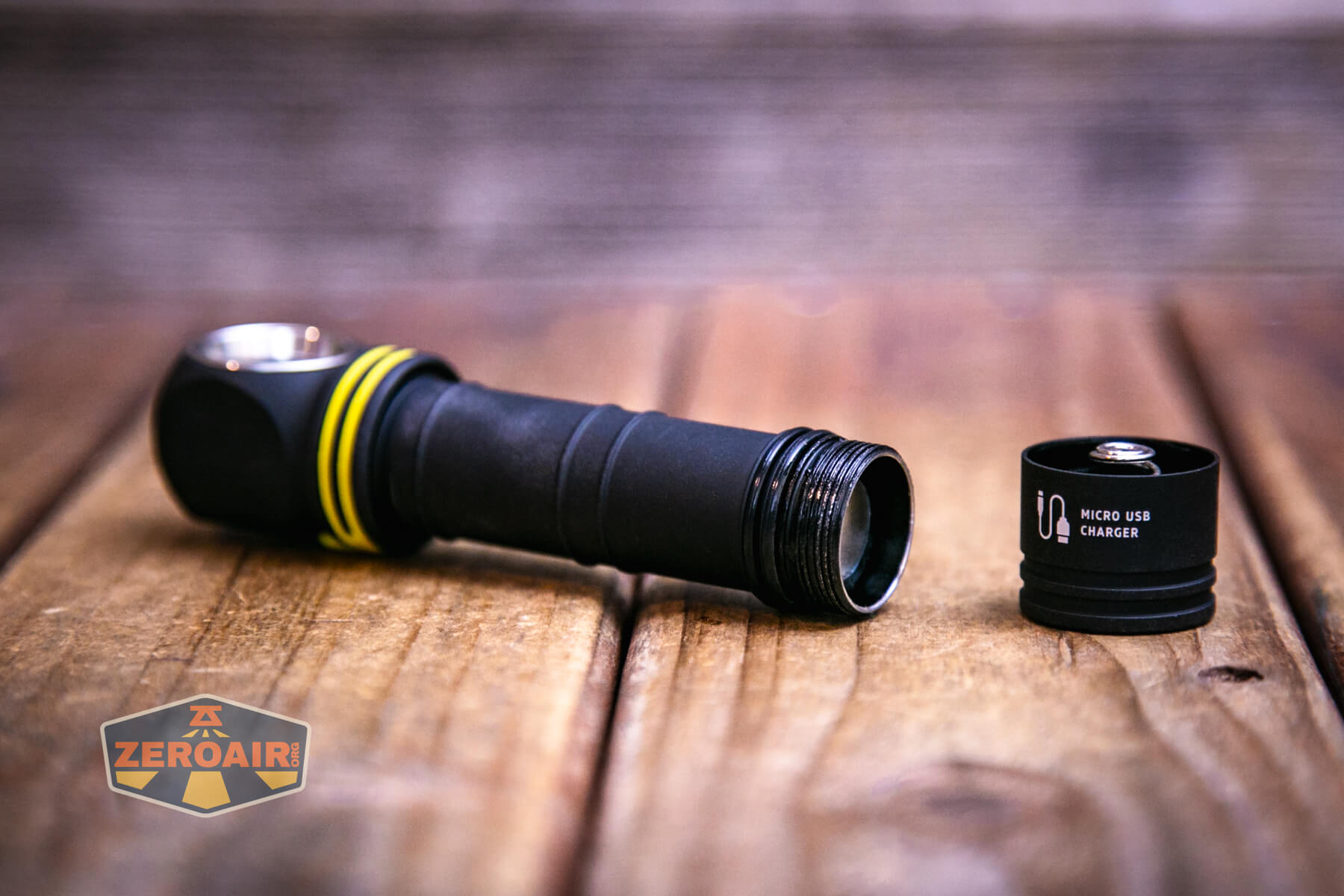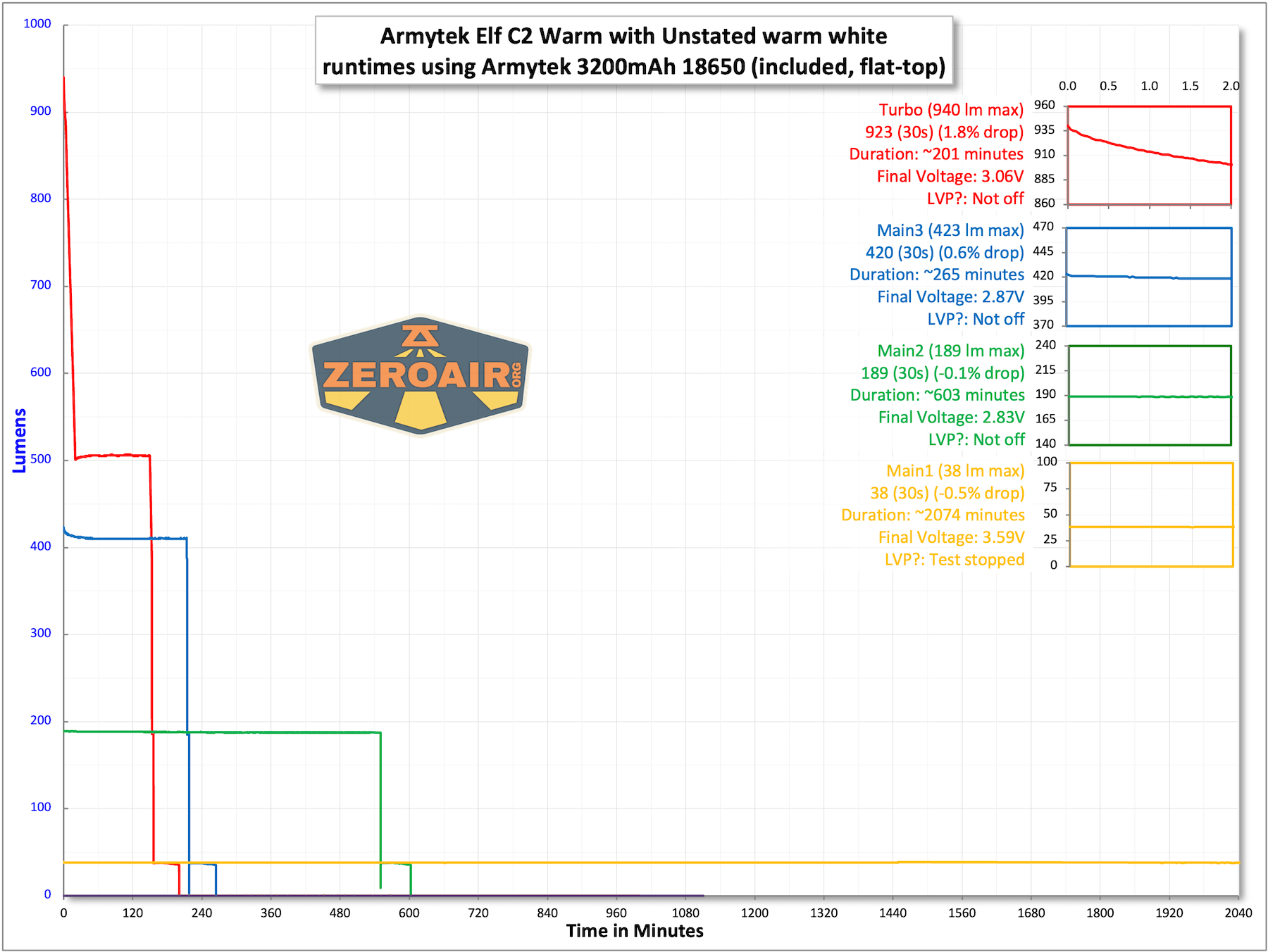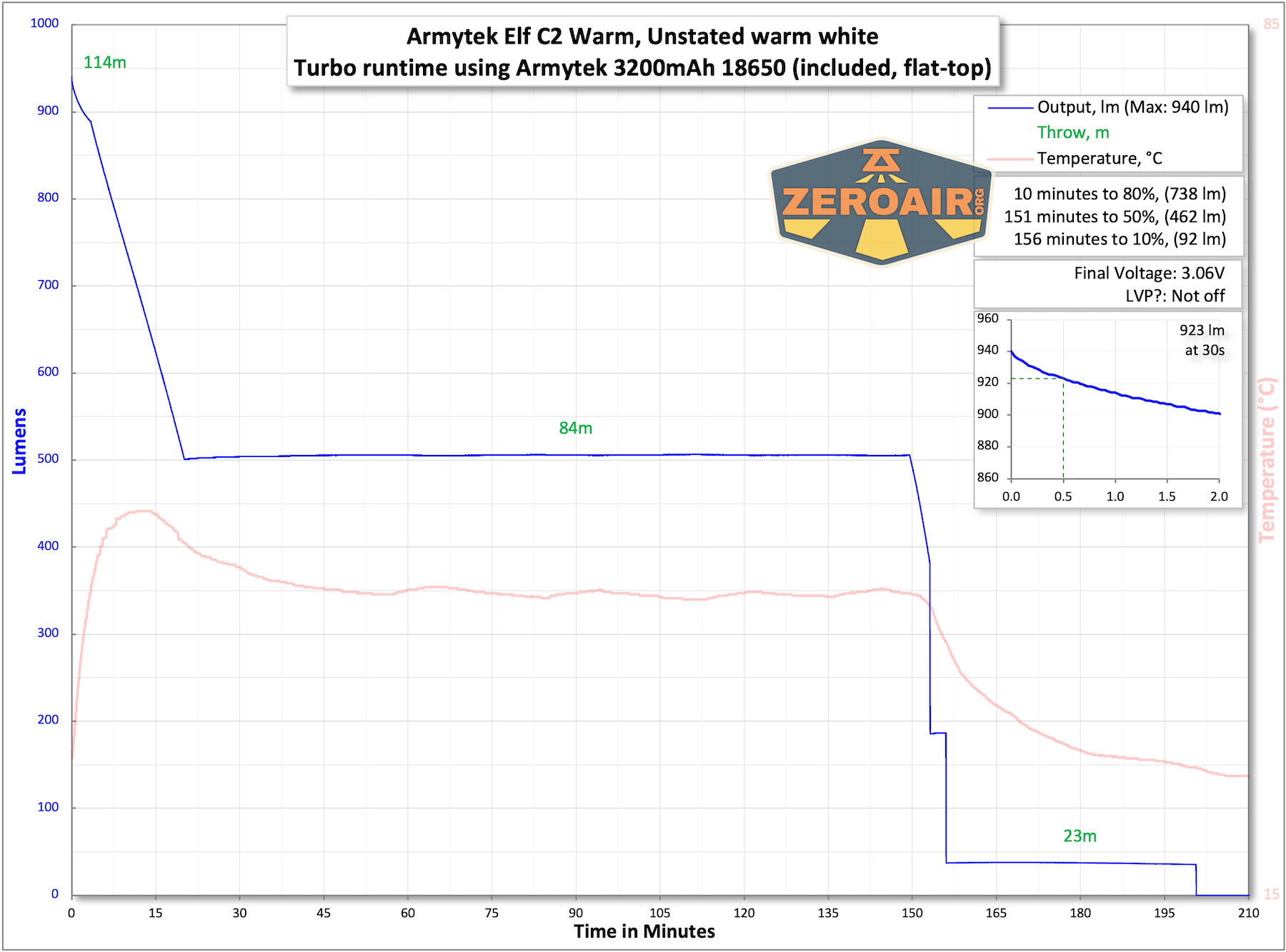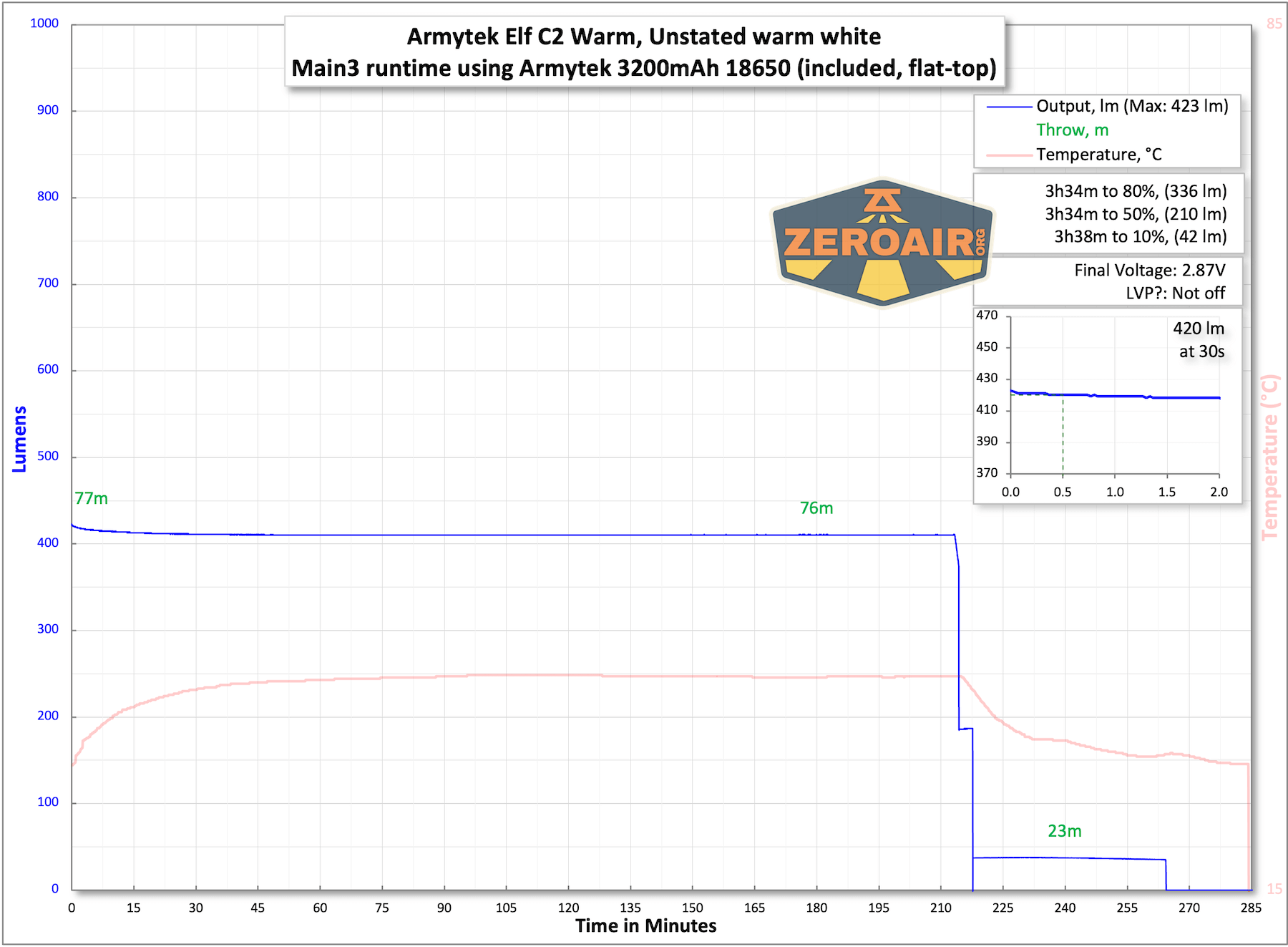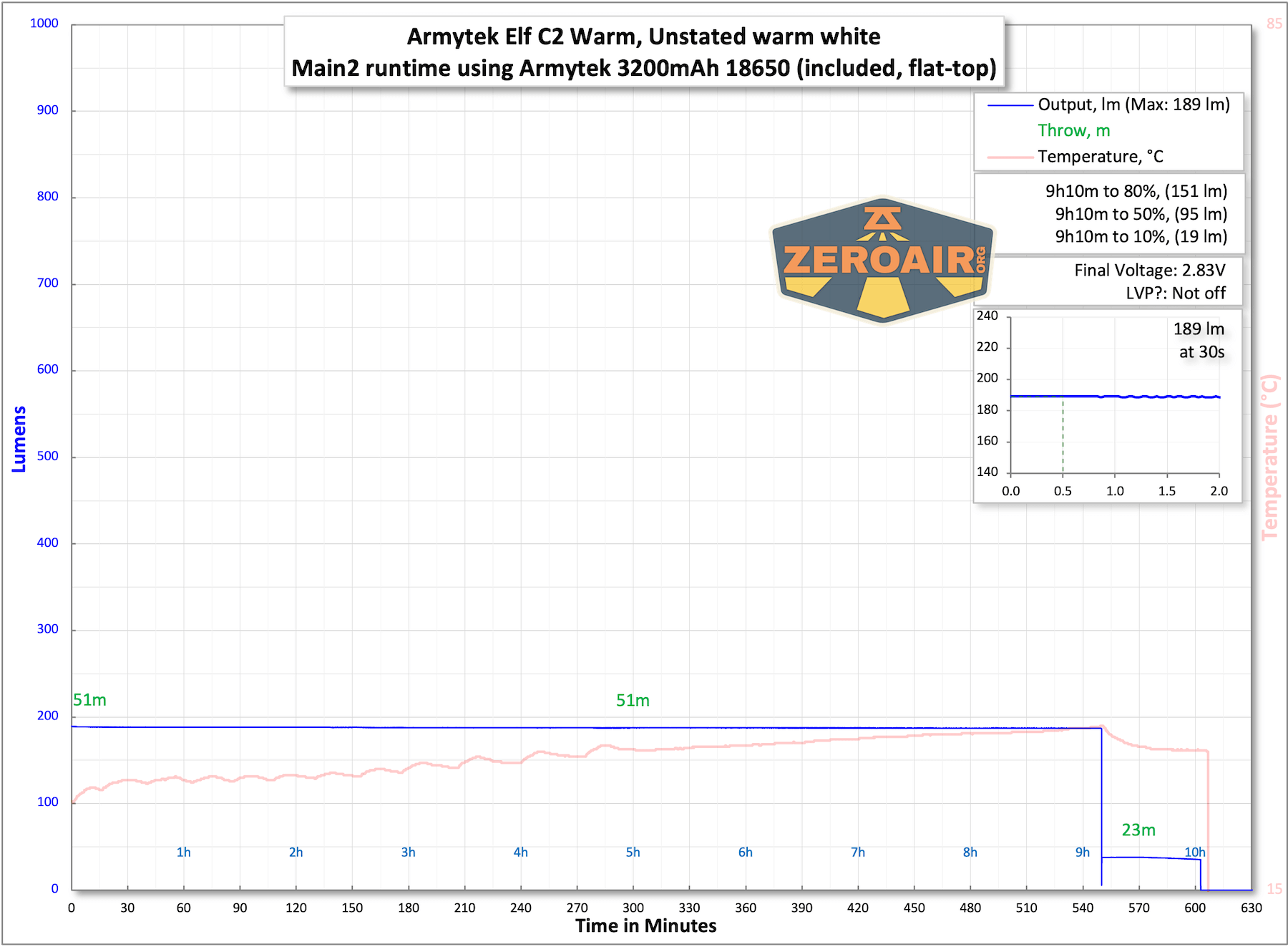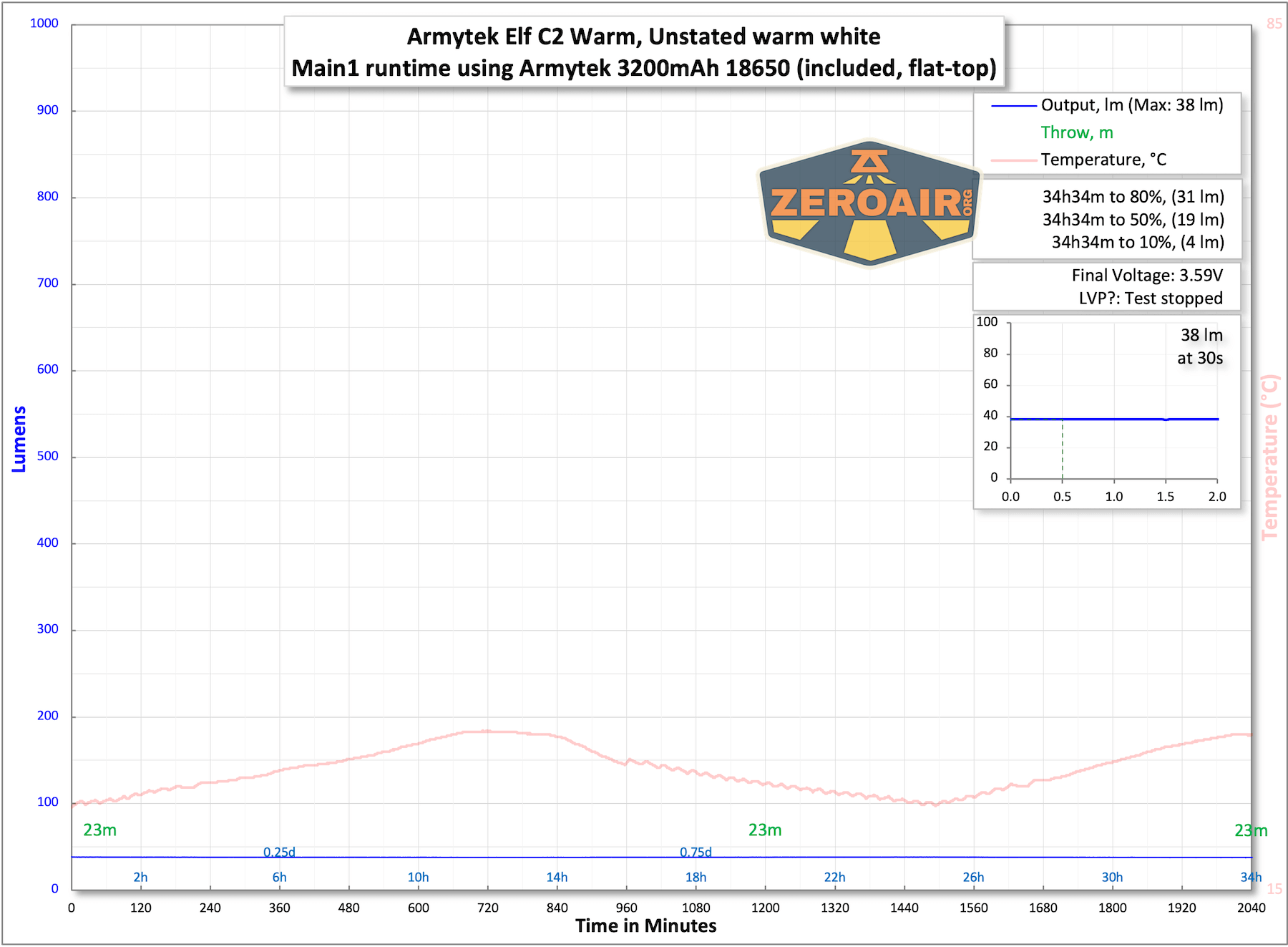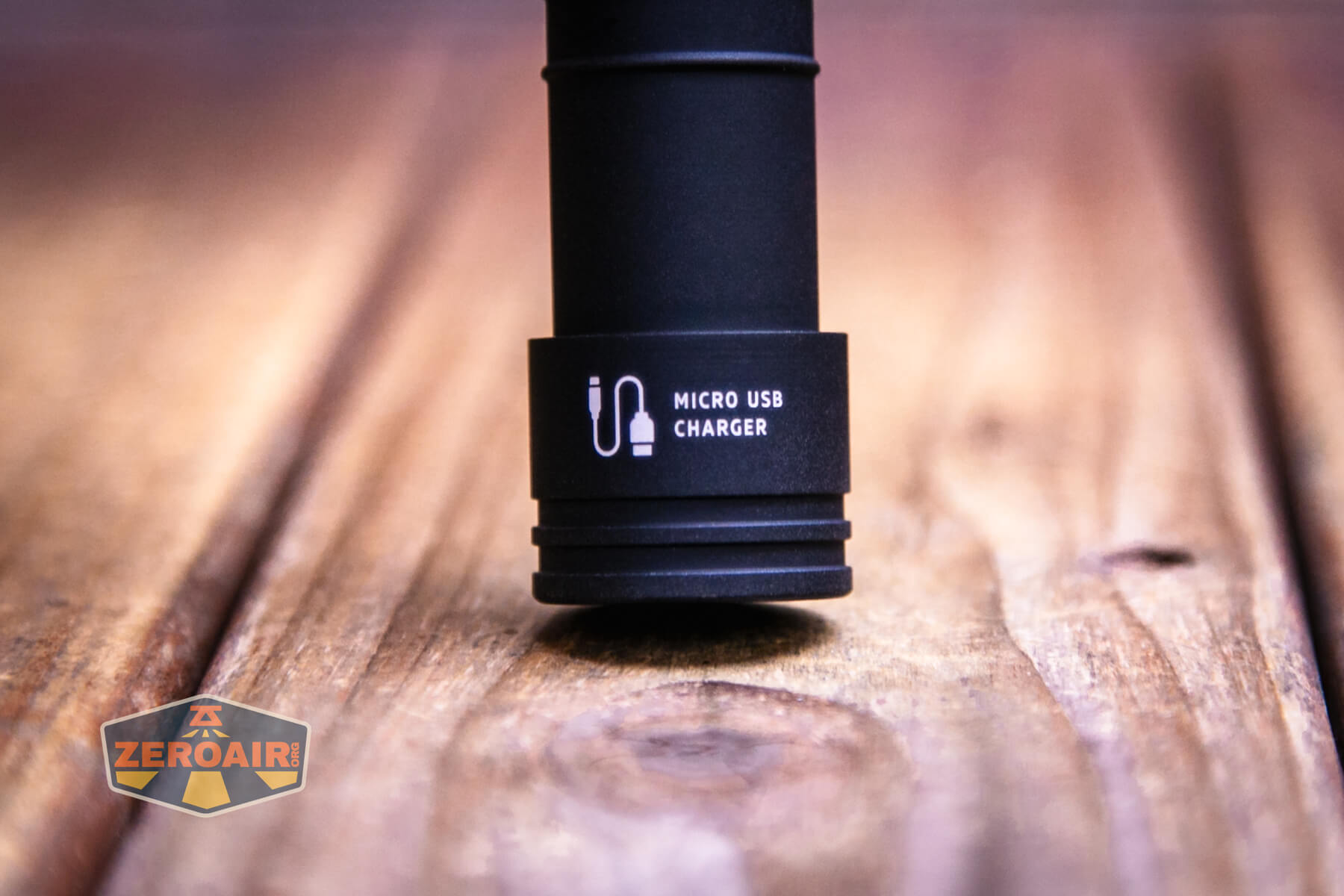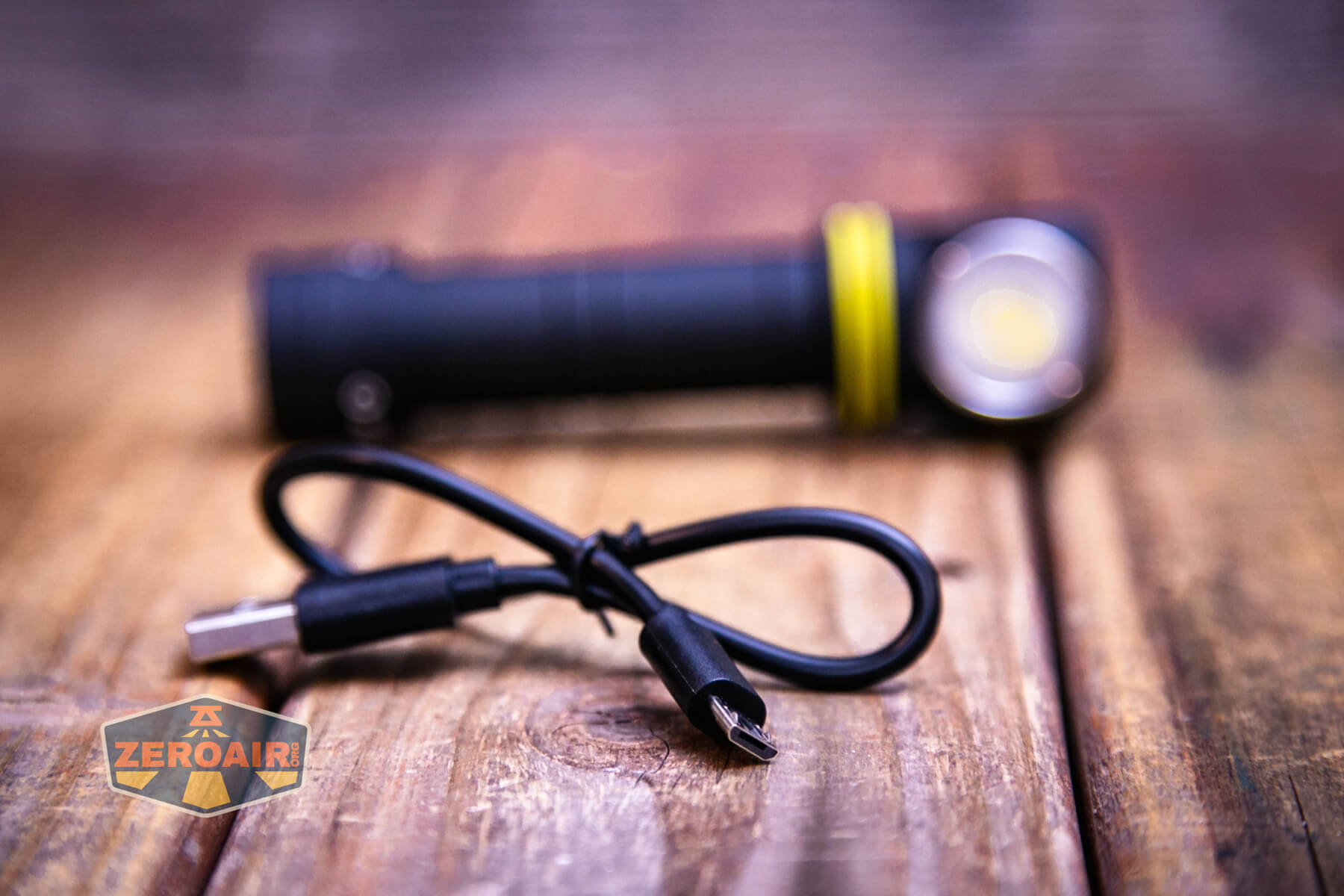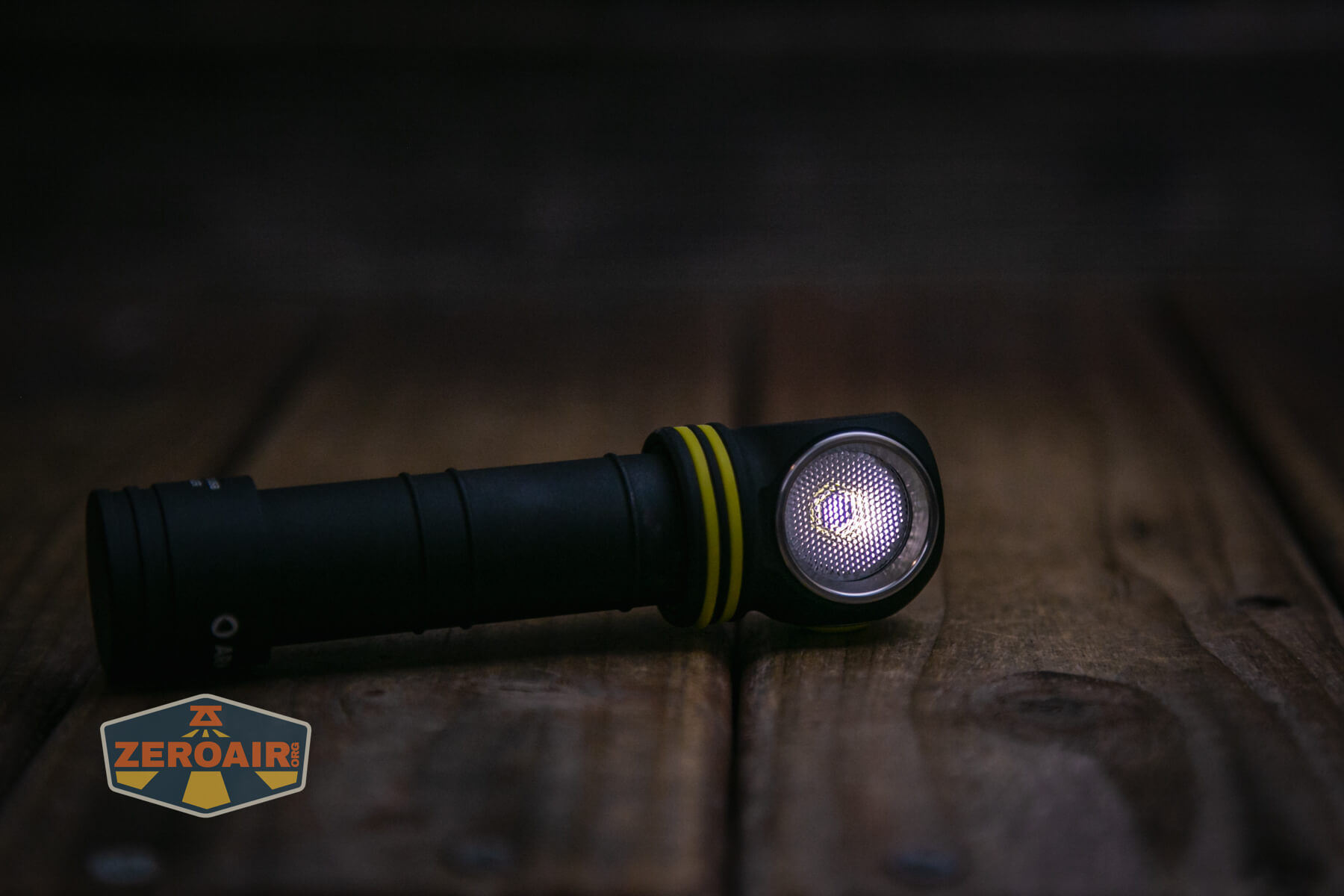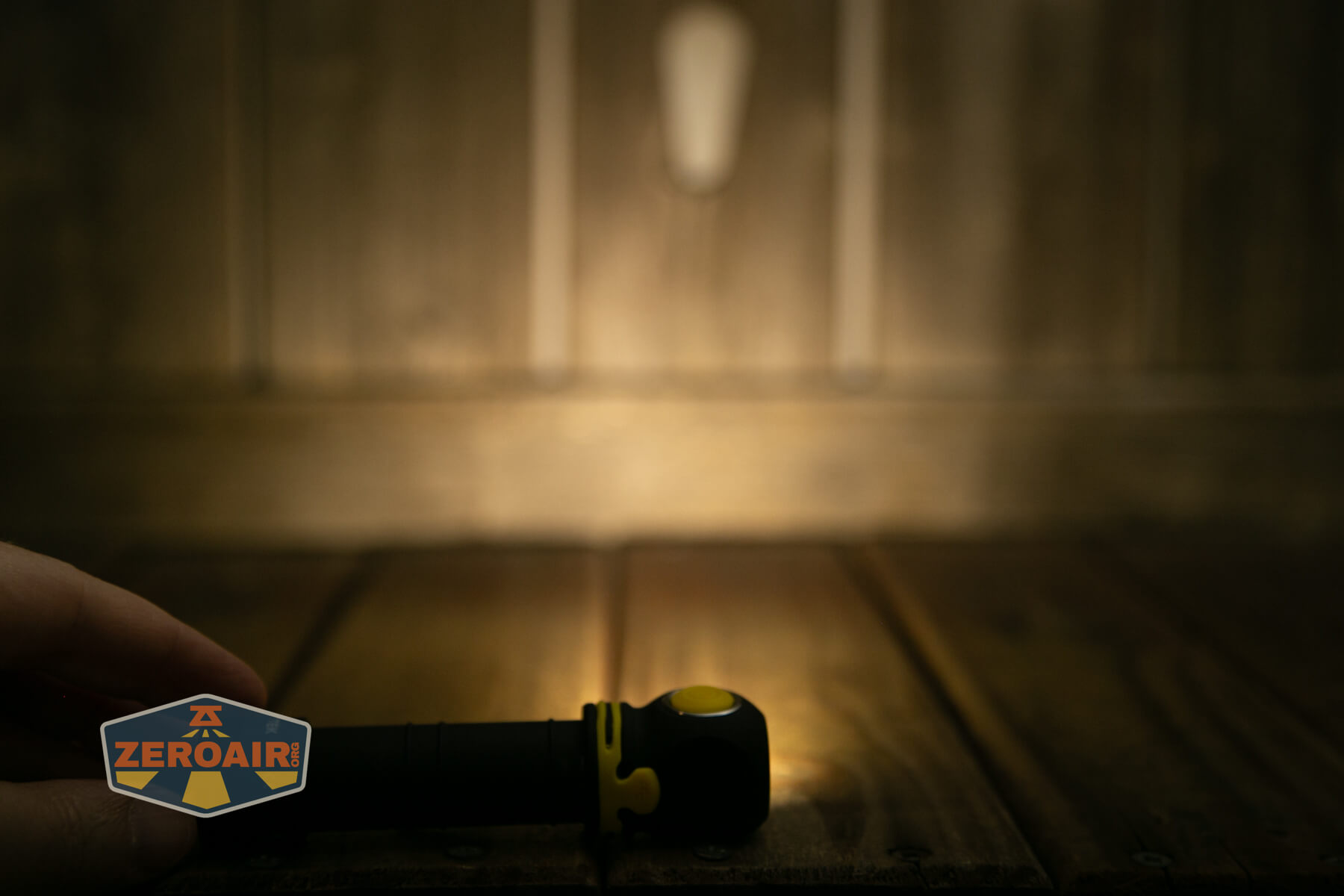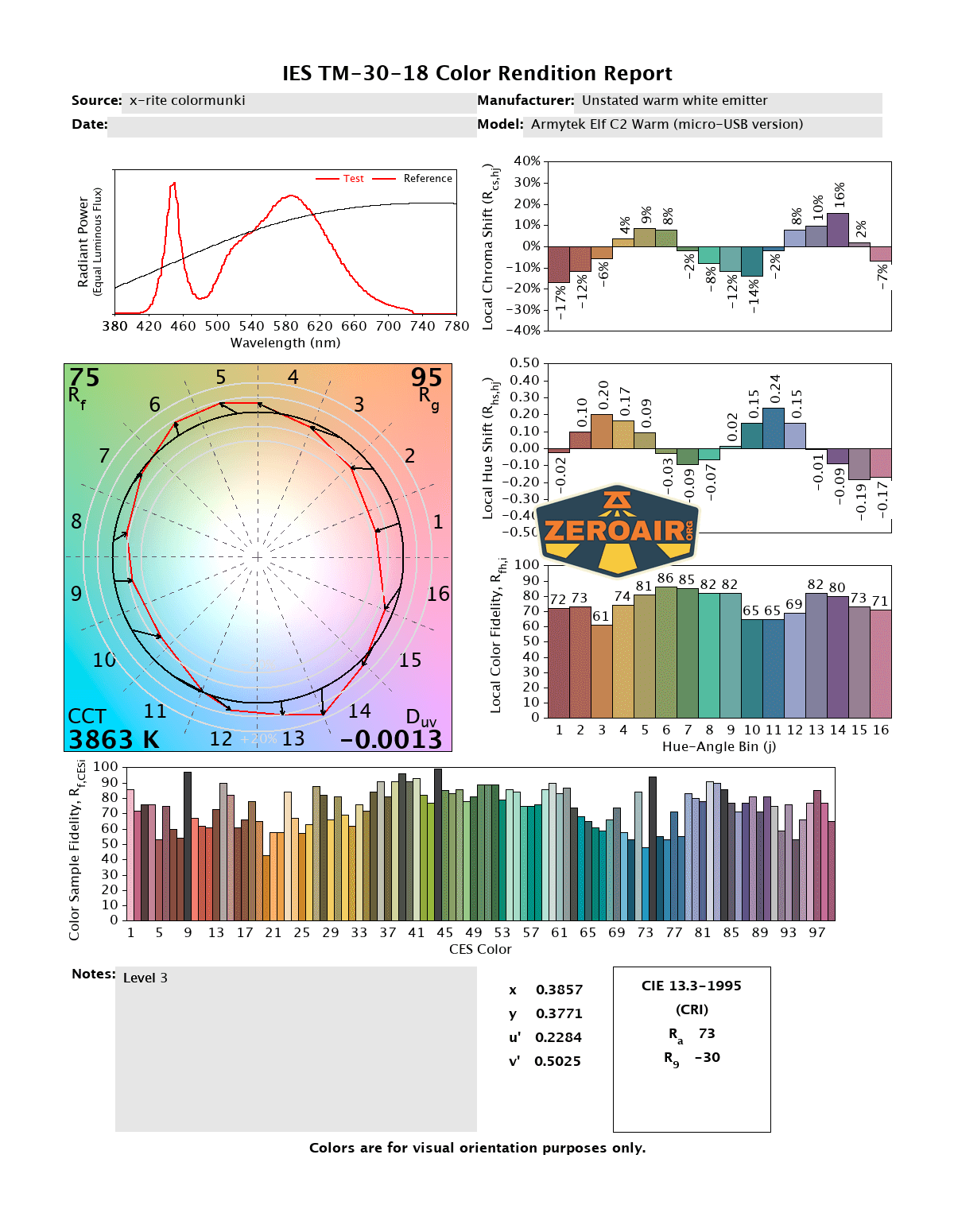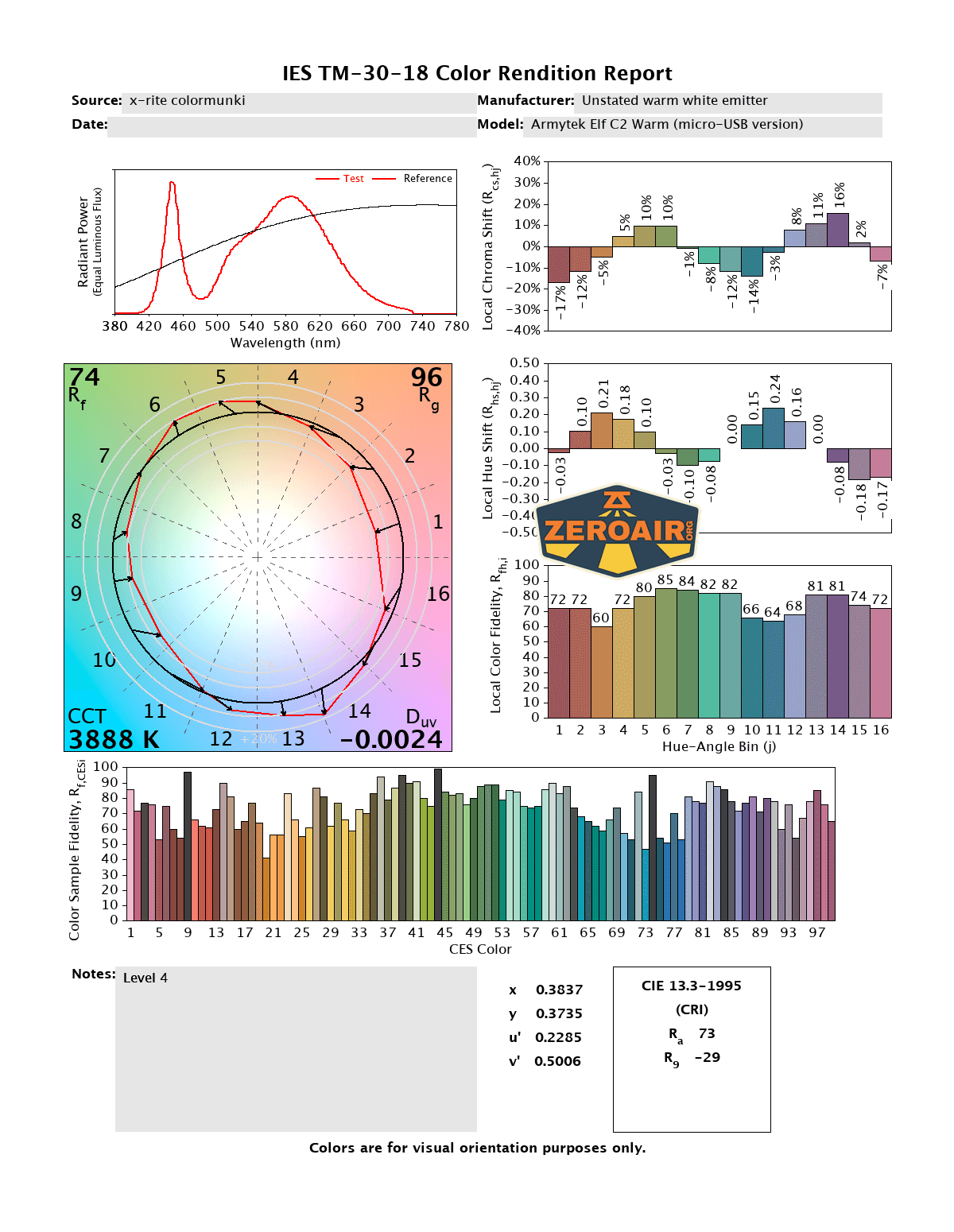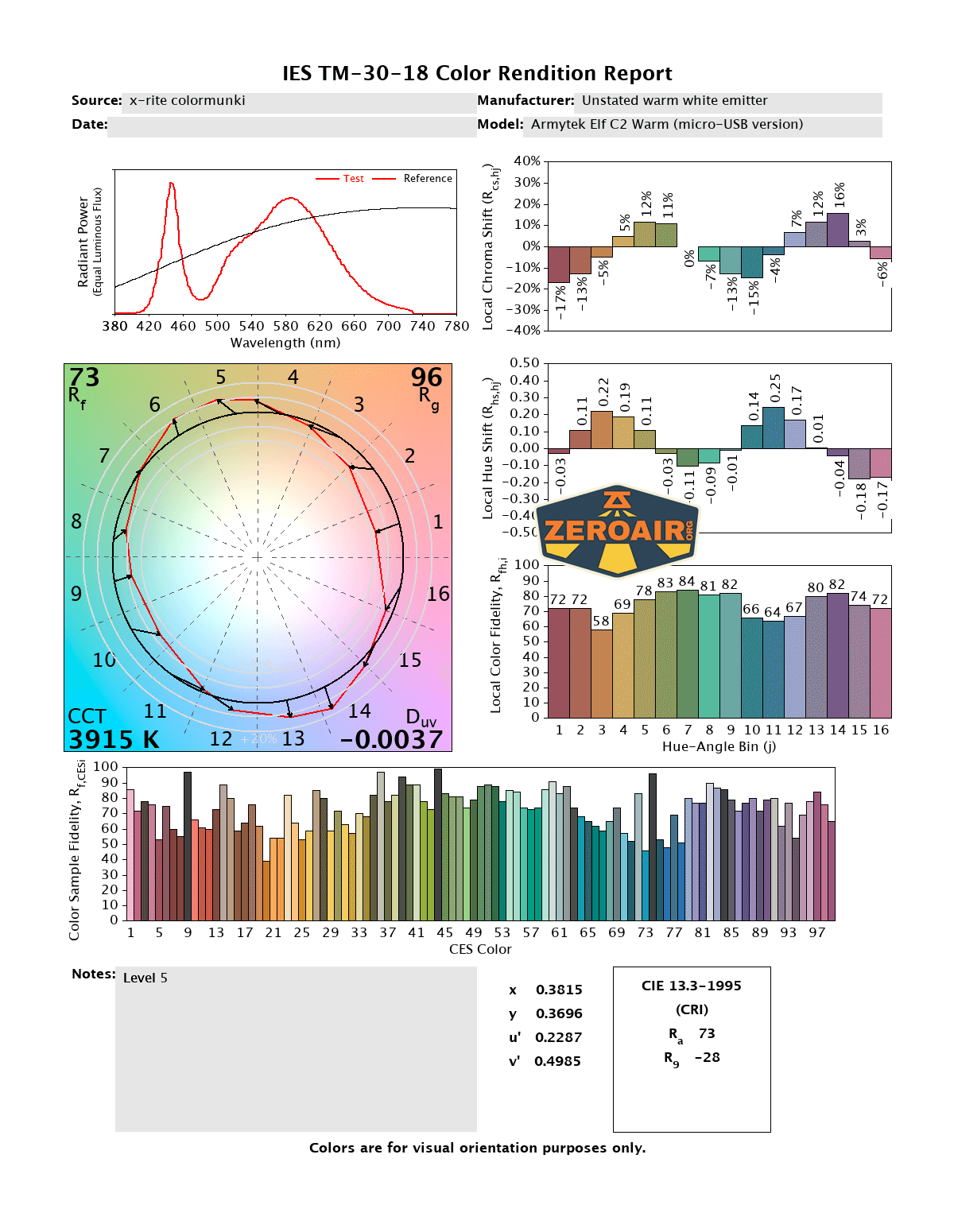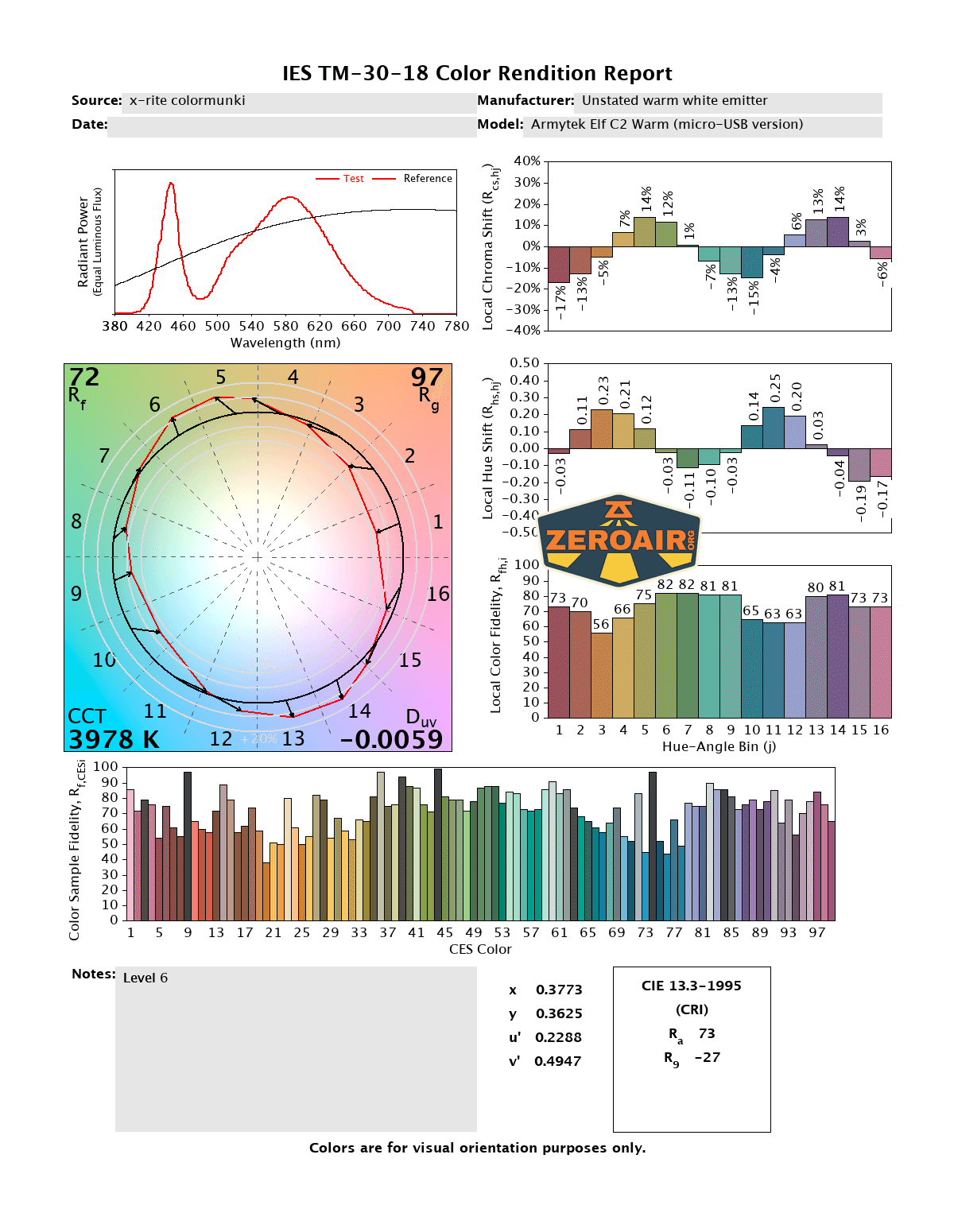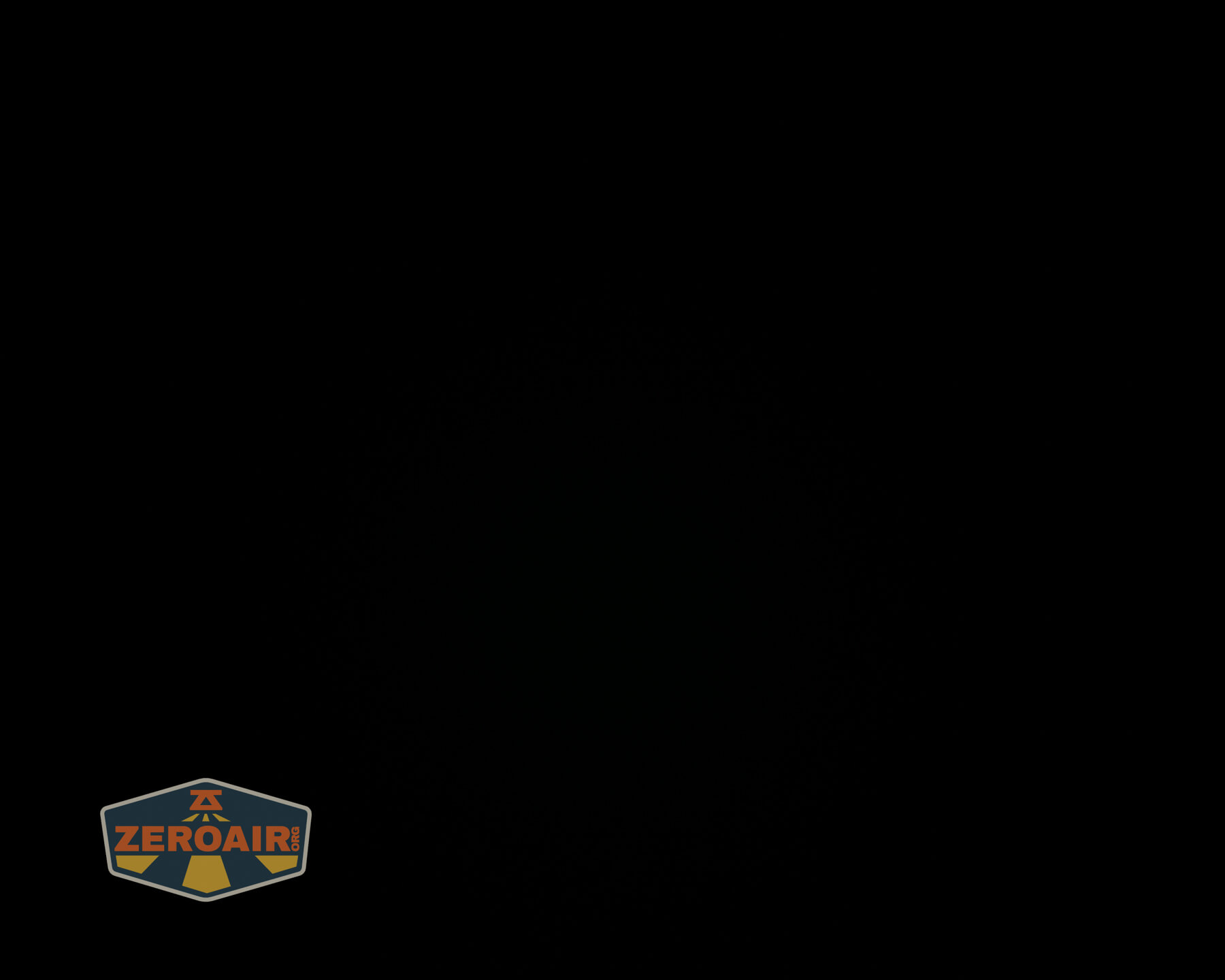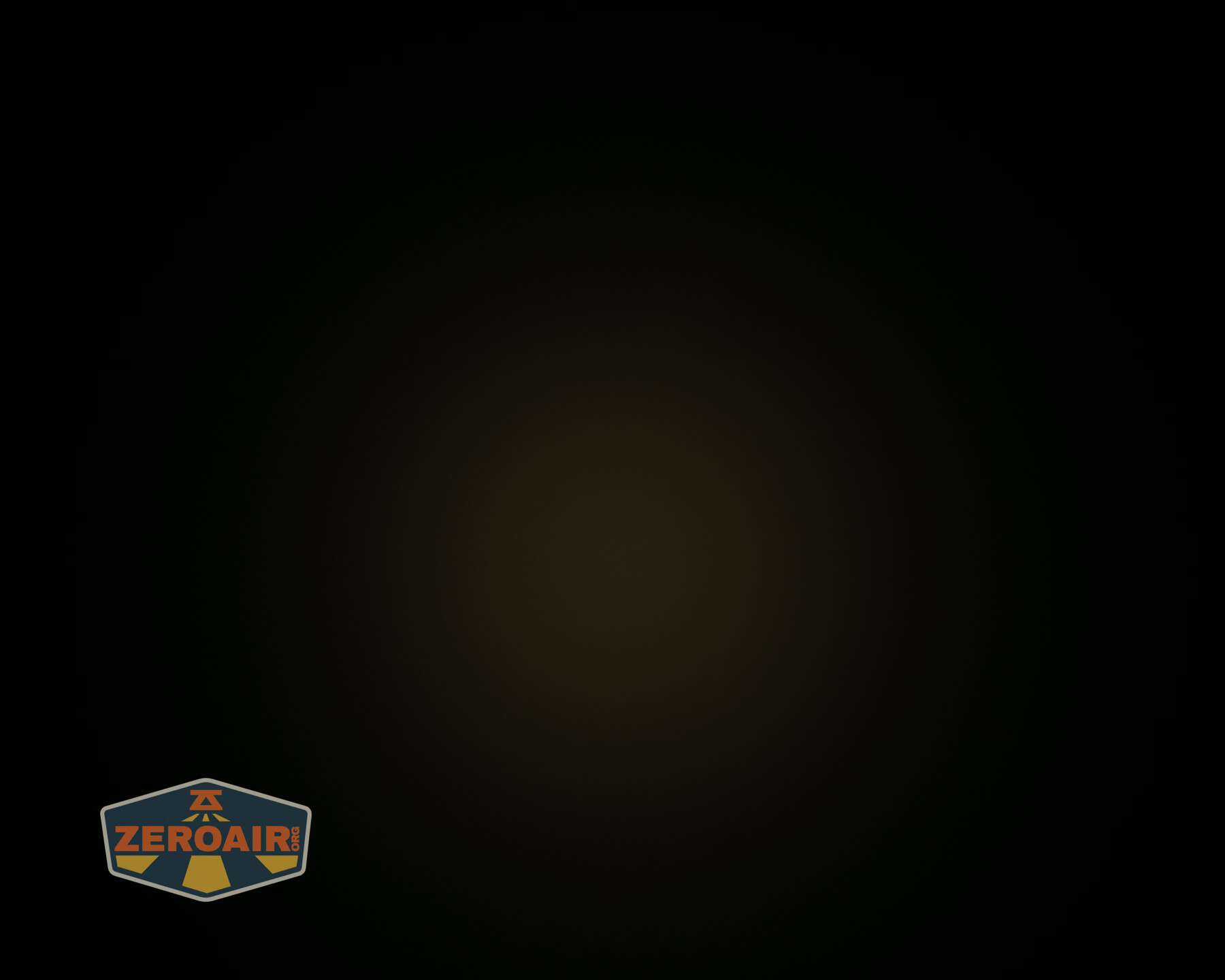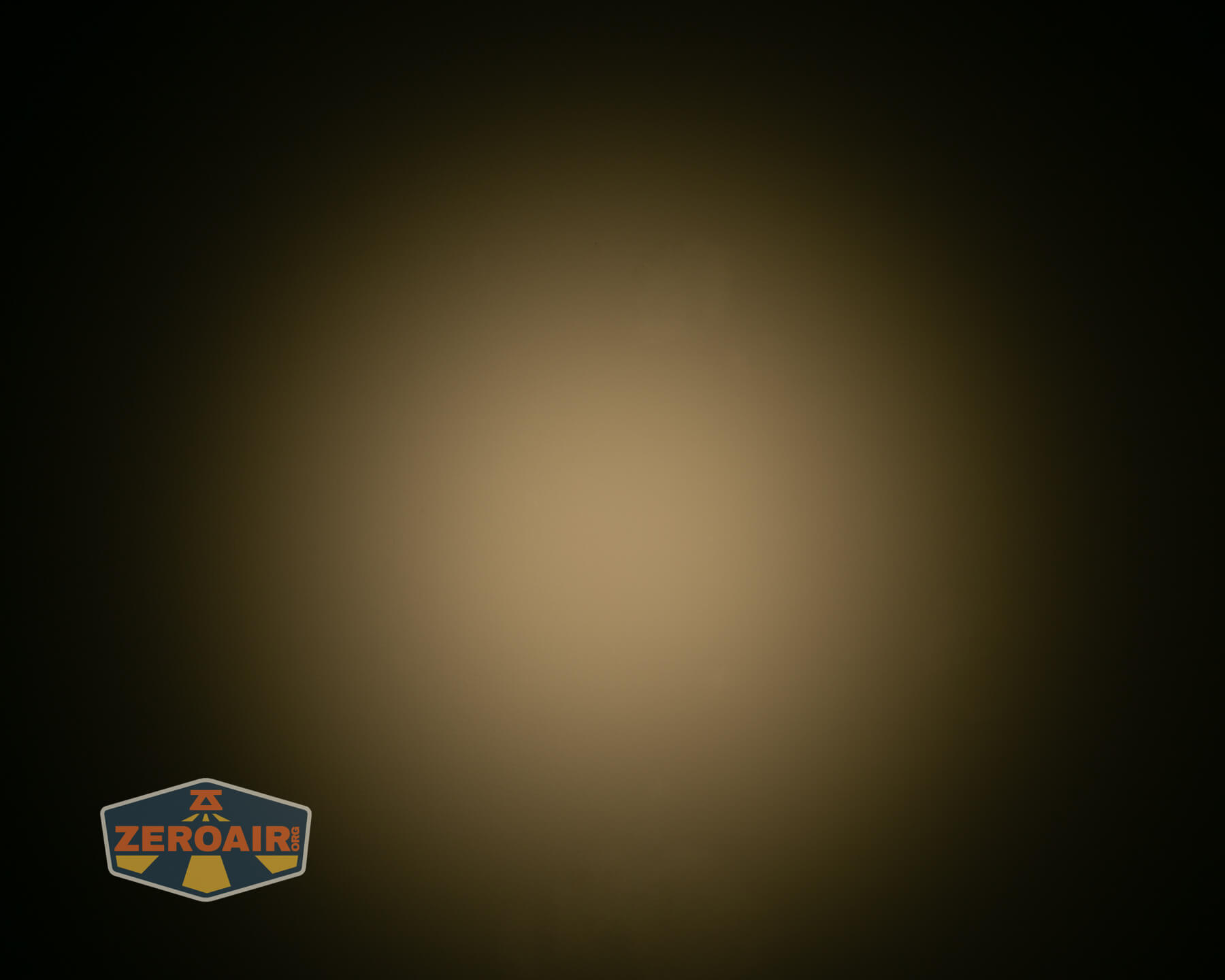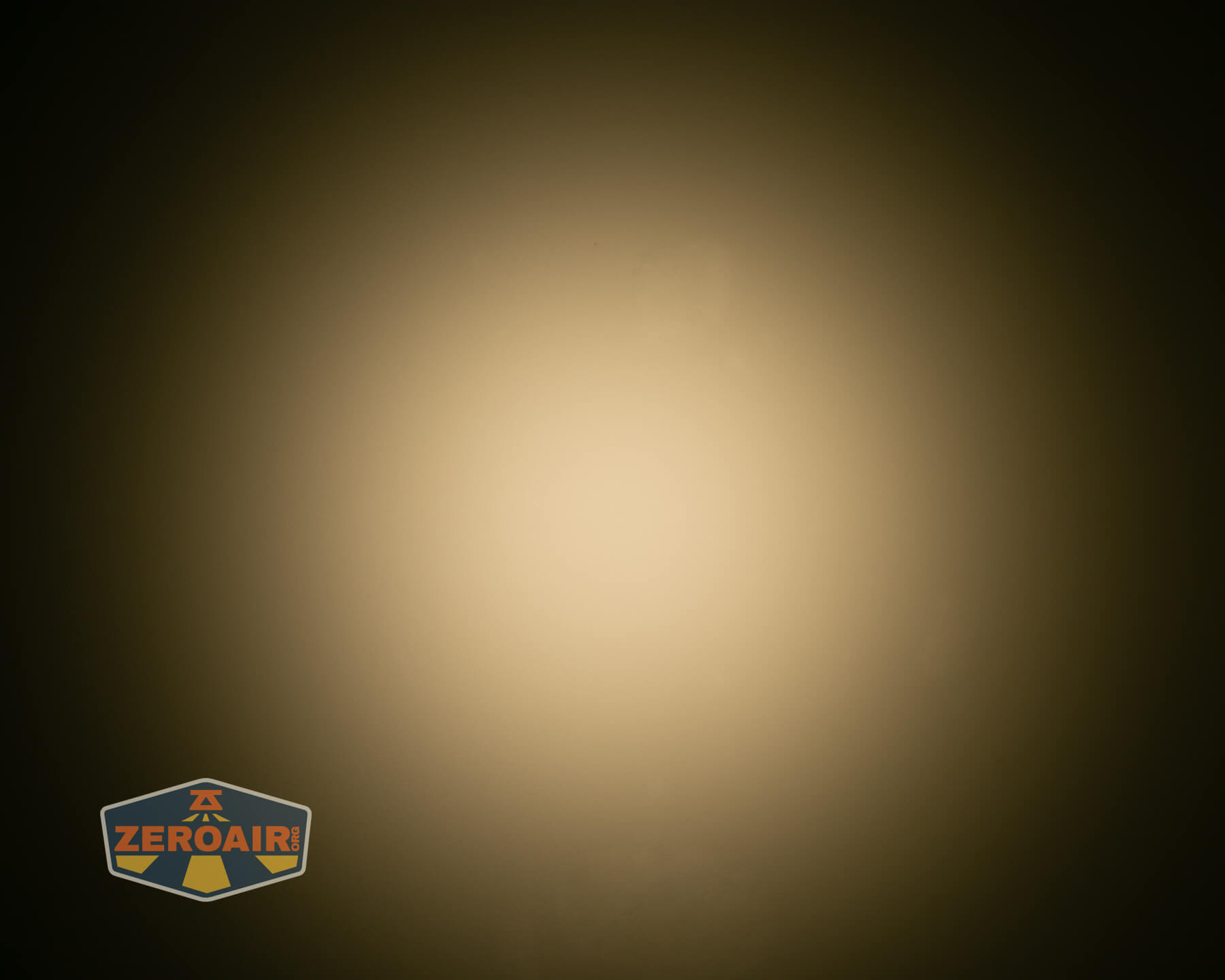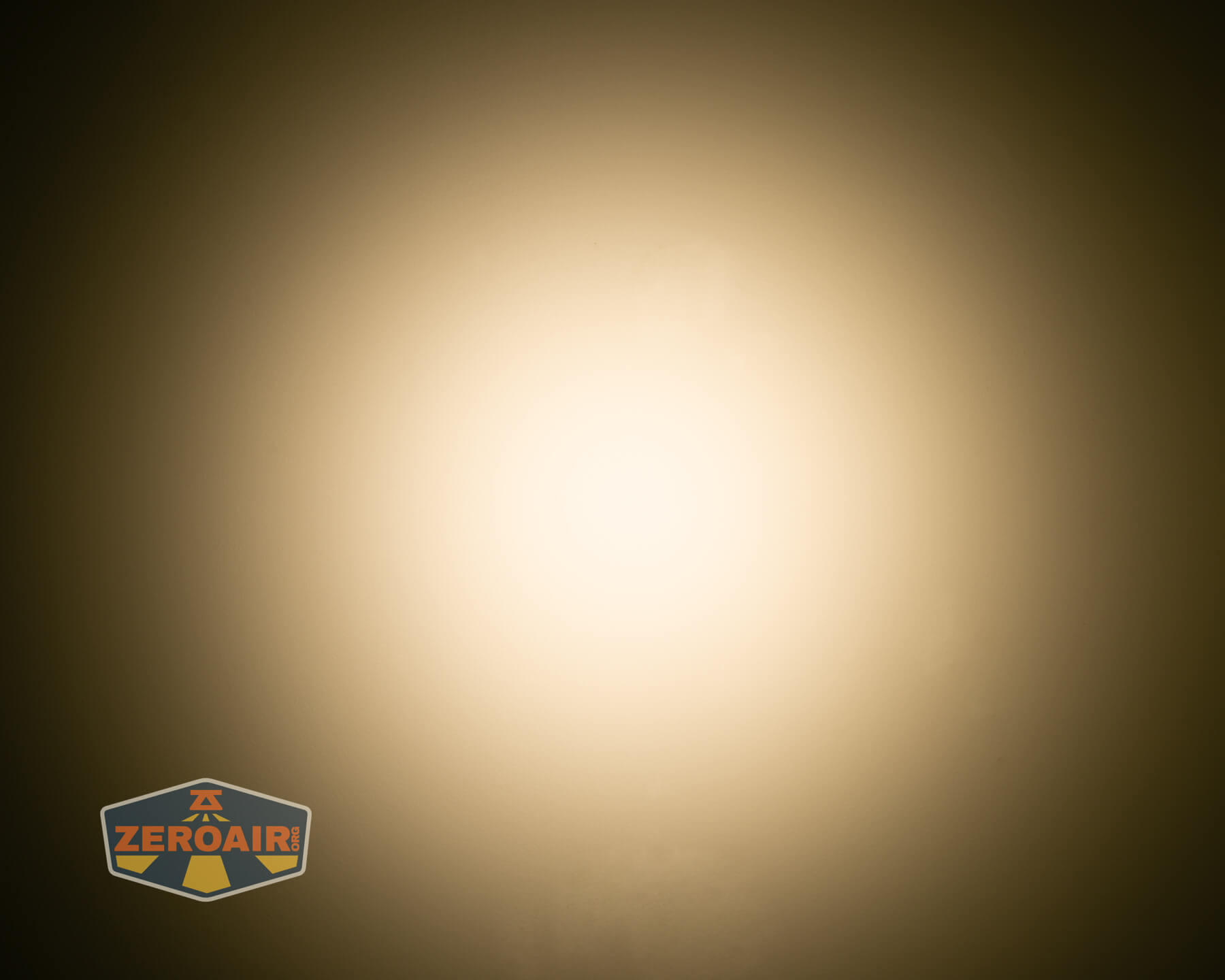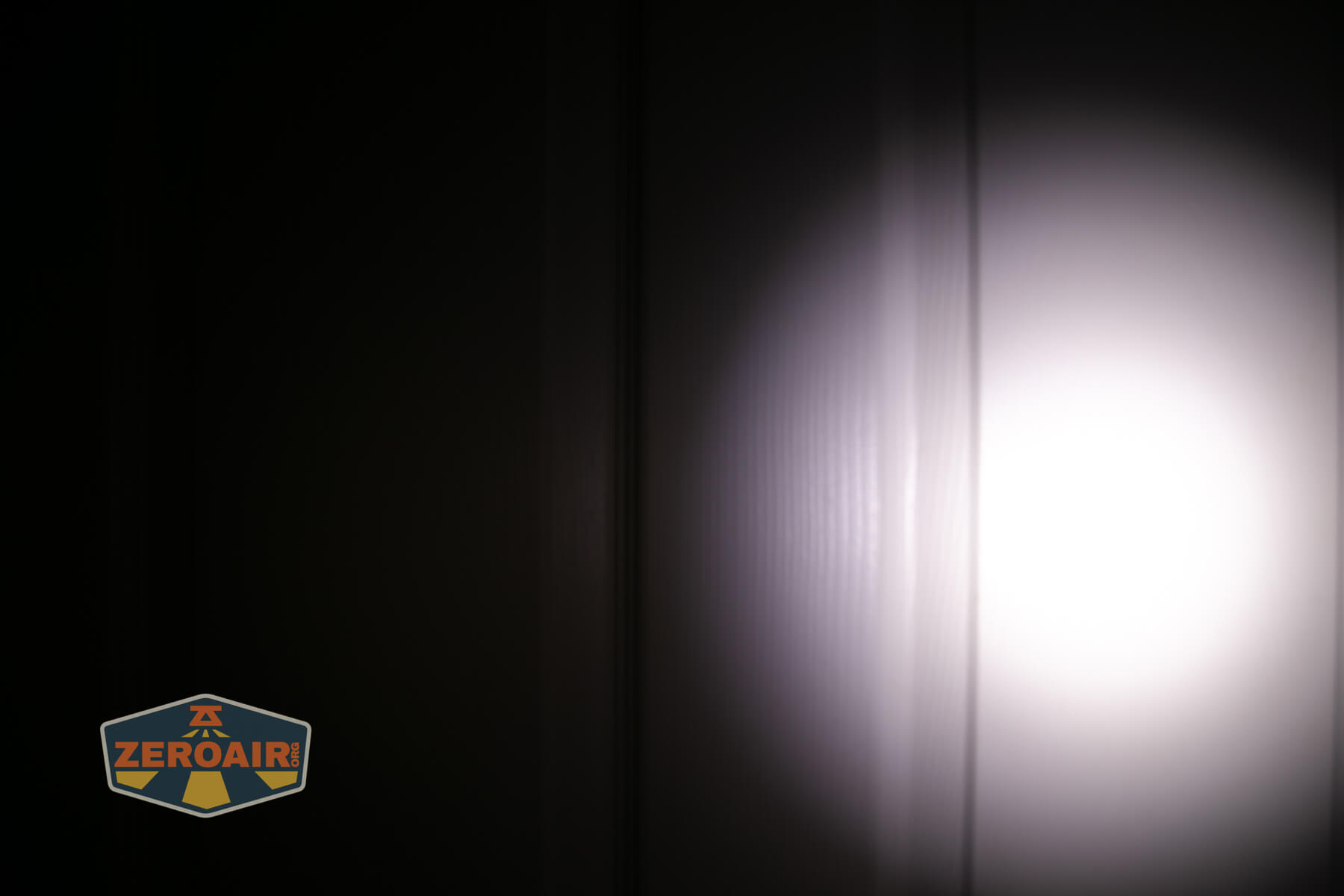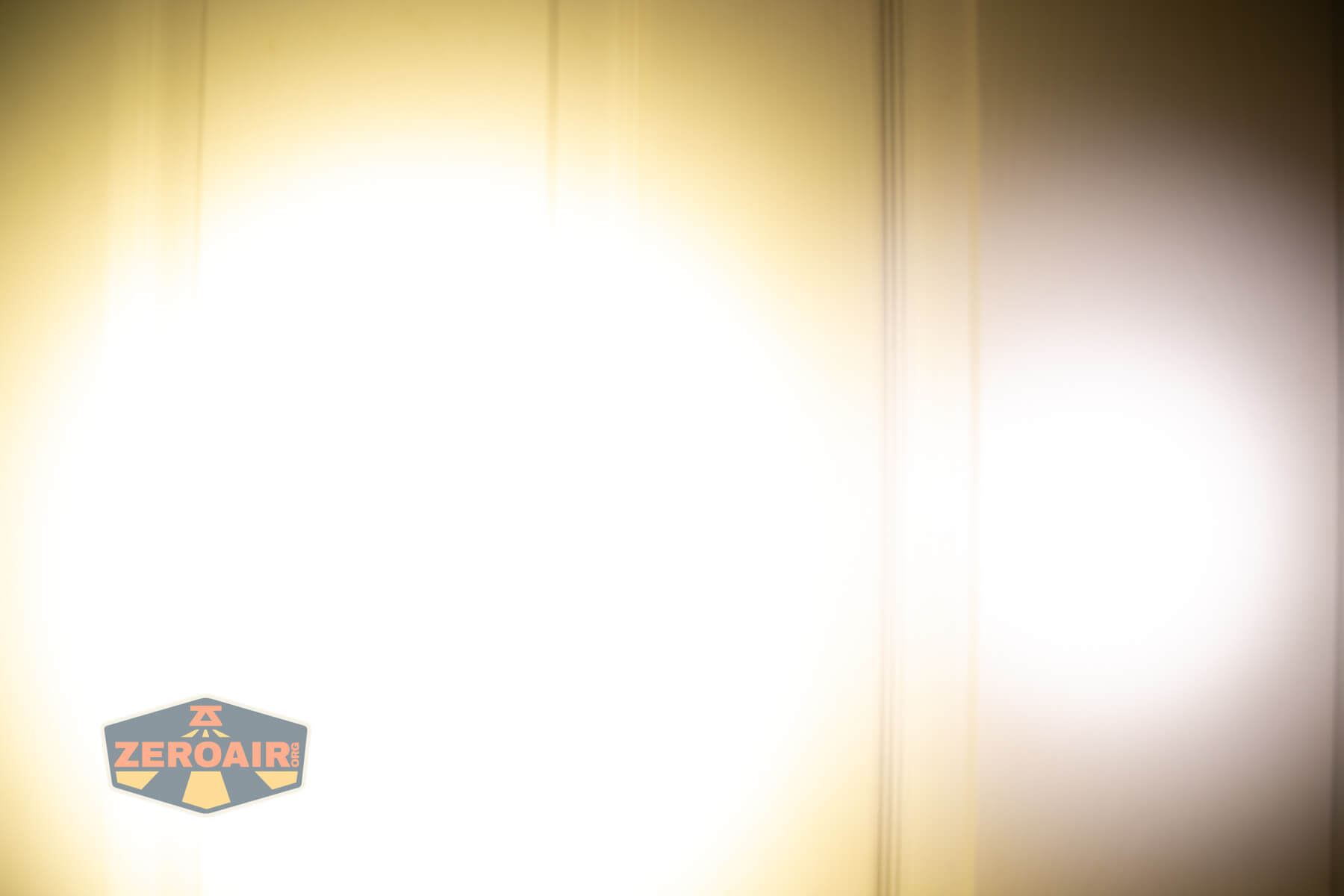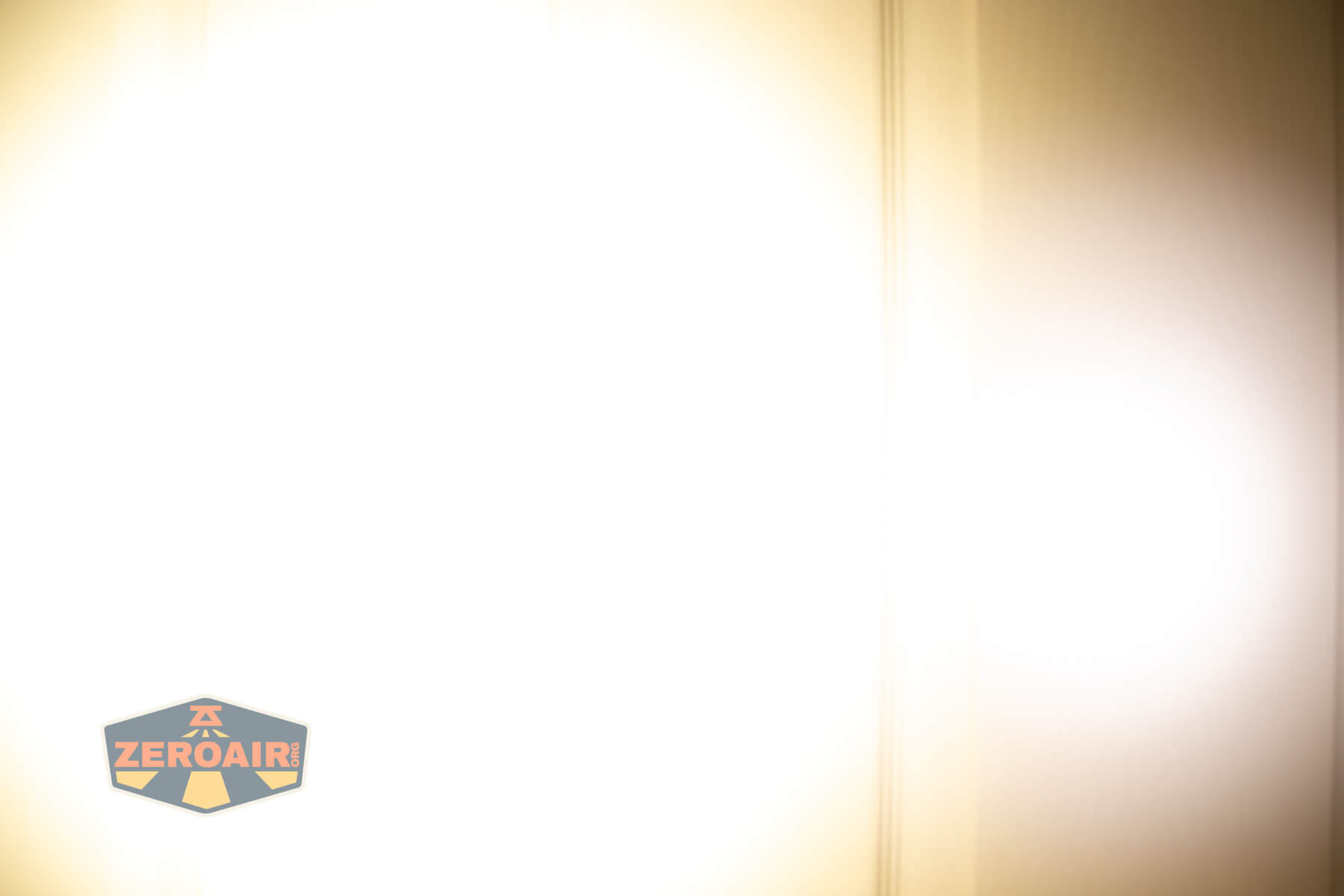Armytek Elf C2 Warm Flashlight Review
Here’s a bit of testing on the Armytek Elf C2 Warm headlamp. This one charges via micro-USB, but there’s a USB-C option with the same specs. Read on!
Official Specs and Features
Here’s a link to the Armytek Elf C2 Warm headlamp product page.
Versions
The Armytek Elf C2 has a long history, so there are many versions. Of this light specifically, there are at least two – warm (seen here) and higher output, cooler white. This also happens to be the older micro-USB version, but don’t hold that fact against this light – there’s a USB-C version you should definitely buy over this micro-USB version. I believe the output specifications for this and the USB-C version are the same (which is why I went on with testing of this version – more on that later).
Price
The Armytek Elf C2 Warm headlamp costs $70 in this older version, but the USB-C version is less, at $65.
What’s Included
- Armytek Elf C2 Warm headlamp
- Armytek 3200mah 18650
- Charging cable
- Pocket clip
- Spare o-rings (2)
- Headband
- Manual
Package and Manual
Build Quality and Disassembly
Build quality is something Armytek is known for. And I can corroborate all those stories. This light really seems sturdy. The pocket clip is among the thickest I’ve seen.
The threads are well-lubed and smooth. The tail end of the light has double o-rings, which should help with waterproofing.
The threads are long though, which means a lot of unscrewing to get the tailcap off.
There’s a spring inside the tube too. Dual springs is great!
Size and Comps
Head diameter: 33 mm
Body diameter: 20.4 mm
Length: 111.3 mm
Weight (without battery): 65 g
If the flashlight can headstand, I’ll show it here. If it can tailstand, I’ll also show that here!
Here’s the test light with the venerable Convoy S2+. The version below is a custom laser-engraved Convoy S2+ host by GadgetConnections.com. I did a full post on an engraved orange host right here! Or go straight to GadgetConnections.com to buy your Convoy S2+ now!
Also in the photo above, my Standard Reference Material (SRM) flashlight is the Hanko Machine Works Trident, an 18350 light. While I have not reviewed or tested the Gunner Grip version seen here, I have tested a Hanko Machine Works Trident Total Tesseract in brass. I love the Trident, and it’s a striking contrast to the inexpensive Convoy S2+, another great SRM.
Retention and Carry
This is an actual headlamp, so there’s the headband and clip. As you can see below, the light snaps into the headband connector. This is an absolutely wonderful mechanism since the light can be removed and installed at will, on the fly, with ease, and even with one hand. 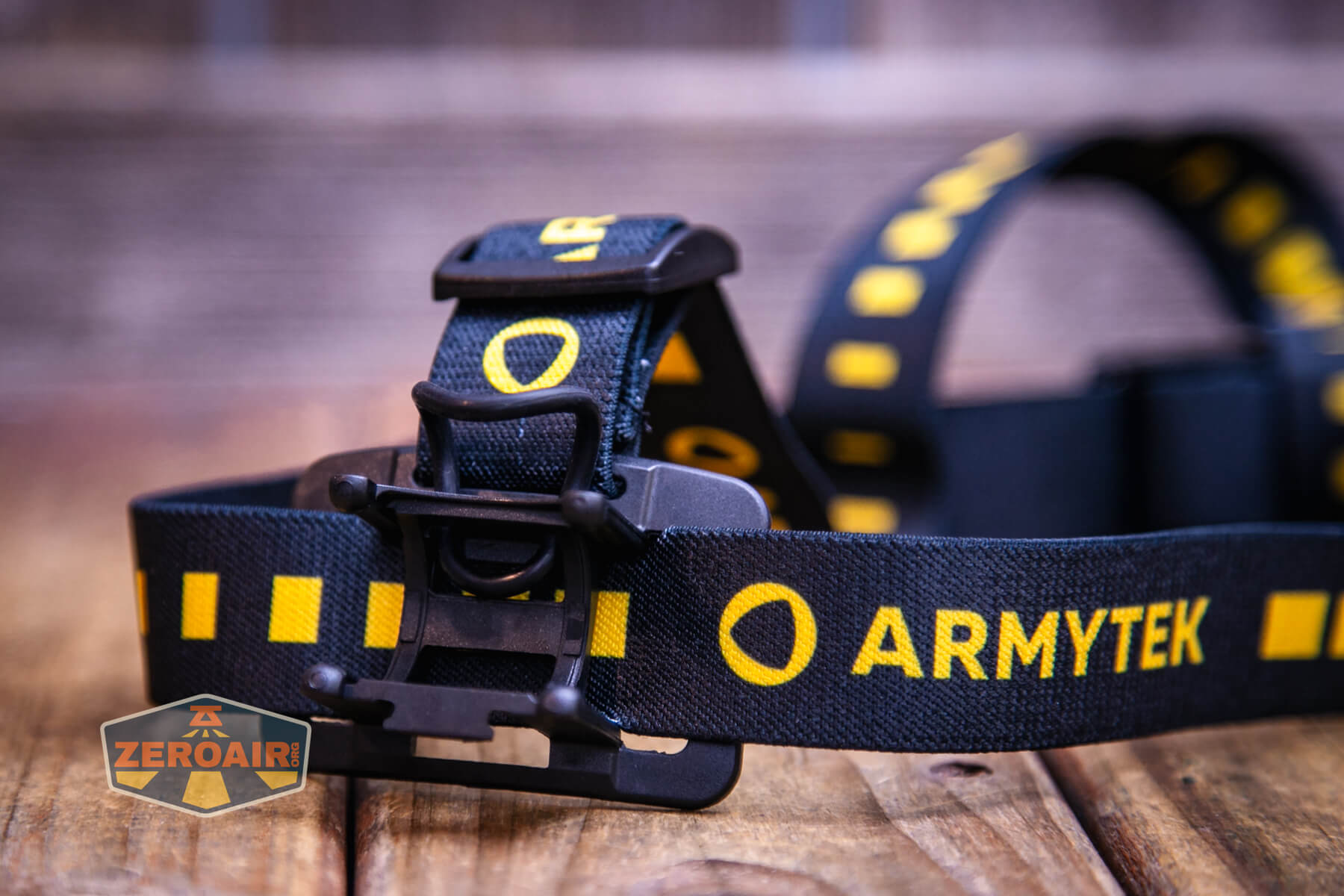
The headband has an around-the-head and an over-the-head strap. It doesn’t seem to have any reflective bits.
Here’s that beefy pocket clip. The clip attaches in the area where the headband clicks to the light, so you can’t really use these options at the same time.
The clip does provide nice deep carry.
There’s a magnet in the tailcap, too. It’s strong enough!
Power and Runtime
Armytek is kind enough to provide a 3200mAh 18650 with the light. It’s an unprotected flat top. The tailcap has a long and fairly beefy spring; the head end has a button. It seems this light should work with any type of cell (protected/unprotected, flat/button).
The cell goes into the light – positive end toward the head.
Below are a number of runtime tests. The driver on this version is updated from previous versions (which I have tested many years ago). Once this light steps down, or if it’s in a mode that doesn’t need to step down, the output is very stable.
I stopped this test before the light shut off. Thirty four hours was enough for me!
The temperature lines in these charts are included as general context, not precise measurements. The values represent the range (min to max) during testing, but should not be taken as exact readings. Temperature sensors are attached however feasible and not always on the bezel or hottest spot (assuming that can even be clearly defined). Even with ideal placement, too many variables affect temperature to definitively state a specific max value.
Charging
This version of the Armytek Elf C2 Warm headlamp uses micro-USB charging. Don’t hold that against Armytek – they didn’t even technically send this light for review. They sent it along with two other lights, which I’ve recently reviewed, as a friendly gesture and also probably because with a USB-C version available, this micro-USB version doesn’t sell anymore. No problem with that from me.
The charging port is on the head/neck. It’s covered by a press-in band of sorts – I think the same type is used on the USB-C option.
A charging cable is included.
Charging is fine on this micro-USB version. This light peaks at around 0.8A and requires nearly 5 hours to charge. But again, the USB-C option should be much better than that.
The switch blinks red while charging and turns green when charging is complete.
Modes and Currents
| Mode | Mode Claimed Output (lm) | Claimed Runtime | Measured Lumens | Tailcap Amps |
|---|---|---|---|---|
| Turbo | 1023-605 | 4m+2h32 | 940 (0s) 923 (30s) |
2.48 |
| Main3 | 465 | 3h45m | 423 (0s) 420 (30s) |
0.81 |
| Main2 | 205 | 10h | 189 | 0.28 |
| Main1 | 37 | 51h | 38 | 57.3mA |
| Firefly2 | 1.9 | 26d | 2.1 | 7.2mA |
| Firefly1 | 0.1 | 200d | 0.16 | 2.8mA |
Pulse Width Modulation
None of the modes use PWM.
Click here to see a “baseline” – a chart with almost no light hitting the sensor.
Then there’s the Ultrafire WF-602C flashlight, which has some of the worst PWM I’ve seen. It’s so bad that I used a post about it to explain PWM! Here are multiple timescales (10ms, 5ms, 2ms, 1ms, 0.5ms, 0.2ms) to make comparing this “worst” PWM light to the test light easier. That post also explains why I didn’t test the WF-602C at the usual 50us scale.
User Interface and Operation
There’s a single e-switch on the head of this light. It’s an indicating switch, with the possibility to show red, orange, and green. It’s a very clicky switch, but not too loud. And unlike many switches of this variety, the rubber boot is quite thick and feels like it’s going to last.
Here’s a user interface table!
| State | Action | Result |
|---|---|---|
| Off | Click | On (Mode Memory) |
| Off | Hold | Firefly1 |
| Off | Keep Holding | Mode Cycle (ascending direction) |
| On | Click | Off |
| On | Hold | Mode Cycle (ascending direction) |
| Off | Double Click | On (memory) and off^ |
| On | Double Click | Turbo |
| Turbo | Double Click | Last used mode |
^ IE, Double Click does nothing special from off. Turbo is not part of the main mode group. Firefly is not part of the main mode group once cycling has begun
The indicating side switch will try to alert the user when a cell voltage is too low or the temperature is too high.
Voltage indications: <25%, orange flash every 2 seconds. If the cell voltage keeps going down, the main light output will decrease. If the cell voltage can only provide a brightness of <25% of the intended output level, the main LED will flash twice. If the cell voltage drops more (to < 10%), the switch will flash red once a second.
The temperature indication is simpler. When the light is hot, the side switch blinks orange 3x in 2s. When the light is really hot, it blinks red 3x in 1s, and the output is reduced. In my testing, the body of the light got into the low 50°C range.
LED and Beam
I can’t see anywhere that Armytek has stated what emitter is used in the Armytek Elf C2 Warm headlamp. Whatever it does use has a dimpled TIR in front of it, and the beam is fairly floody.
LED Color Report (CRI and CCT)
The claim of warm is definitely met, as the output stays under 4000K for all of the modes. The CRI is unfortunately low, though.
CCT (Correlated Color Temperature) refers to the measurement of the color appearance of light, expressed in Kelvins (K), which indicates whether the light is warm (yellowish) or cool (bluish). A lower CCT (below 3000K) is considered warm light, while a higher CCT (above 5000K) gives cooler, bluish light.
CRI (Color Rendering Index) is a measure of how accurately a light source renders colors in comparison to natural sunlight. Scored on a scale from 0 to 100, higher CRI values indicate that colors appear more true to life and vibrant, similar to how they would look under the sun.
Beamshots
These beamshots always have the following settings: f8, ISO100, 0.3s shutter, and manual 5000K exposure. These photos are taken at floor level, and the beam hits the ceiling around 9 feet away.
Tint vs BLF-348 (KillzoneFlashlights.com 219b version) (affiliate link)
I keep the test flashlight on the left and the BLF-348 reference flashlight on the right. These photos are taken around 18 inches from the door.
I compare everything to the KillzoneFlashlights.com 219b BLF-348 because it’s inexpensive and has the best tint!
Summary and Conclusion
The Armytek Elf C2 Warm headlamp is a solid headlamp from Armytek. The build quality is fantastic and the output is nice and warm (under 4000K). I appreciate that there’s a USB-C version. The user interface is good on this one, too – fairly intuitive. The price is right, too! The USB-C version is just $65!
The Big Table
| Armytek Elf C2 Warm headlamp | |
|---|---|
| Emitter: | Unstated white (Warm) |
| Price in USD at publication time: | $70.00 |
| Cell: | 1×18650 |
| Runtime Graphs | |
| LVP? | Questionable |
| Switch Type: | E-Switch |
| Quiescent Current (mA): | ? |
| On-Board Charging? | Yes |
| Charge Port Type: | micro-USB |
| Charge Graph | |
| Power off Charge Port | with cell: all modes without cell: lowest only (momentary) |
| Claimed Lumens (lm) | 1023 |
| Measured Lumens (at 30s) | 923 (90.2% of claim)^ |
| Candela per Lumen | 3.5 |
| Claimed Throw (m) | 104 |
| Candela (Calculated) in cd (at 30s) | 167lux @ 4.663m = 3631cd |
| Throw (Calculated) (m) | 120.5 (115.9% of claim)^ |
| Claimed CCT | – |
| Measured CCT Range (K) | 3900-4000 Kelvin |
| Item provided for review by: | Armytek |
| All my Armytek reviews! | |
^ Measurement disclaimer: Testing flashlights is my hobby. I use hobbyist-level equipment for testing, including some I made myself. Try not to get buried in the details of manufacturer specifications versus measurements recorded here; A certain amount of difference (say, 10 or 15%) is perfectly reasonable.
What I like
- Headband connector
- The user interface is intuitive. And a click is “off!”
- Built quality is top-notch!
- Magnet
- Should work as a lamp (off micro-USB power, with no cell installed!)
- USB-C version is available
What I don’t like
- It should work as a lamp, but it doesn’t seem to.
- The collar/ring band press-in charge port cover
Notes
- This content originally appeared at zeroair.org. Please visit there for the best experience!
- Please use my Amazon.com referral link to help support zeroair.org!
- Please support me on Patreon! I deeply appreciate your support!
